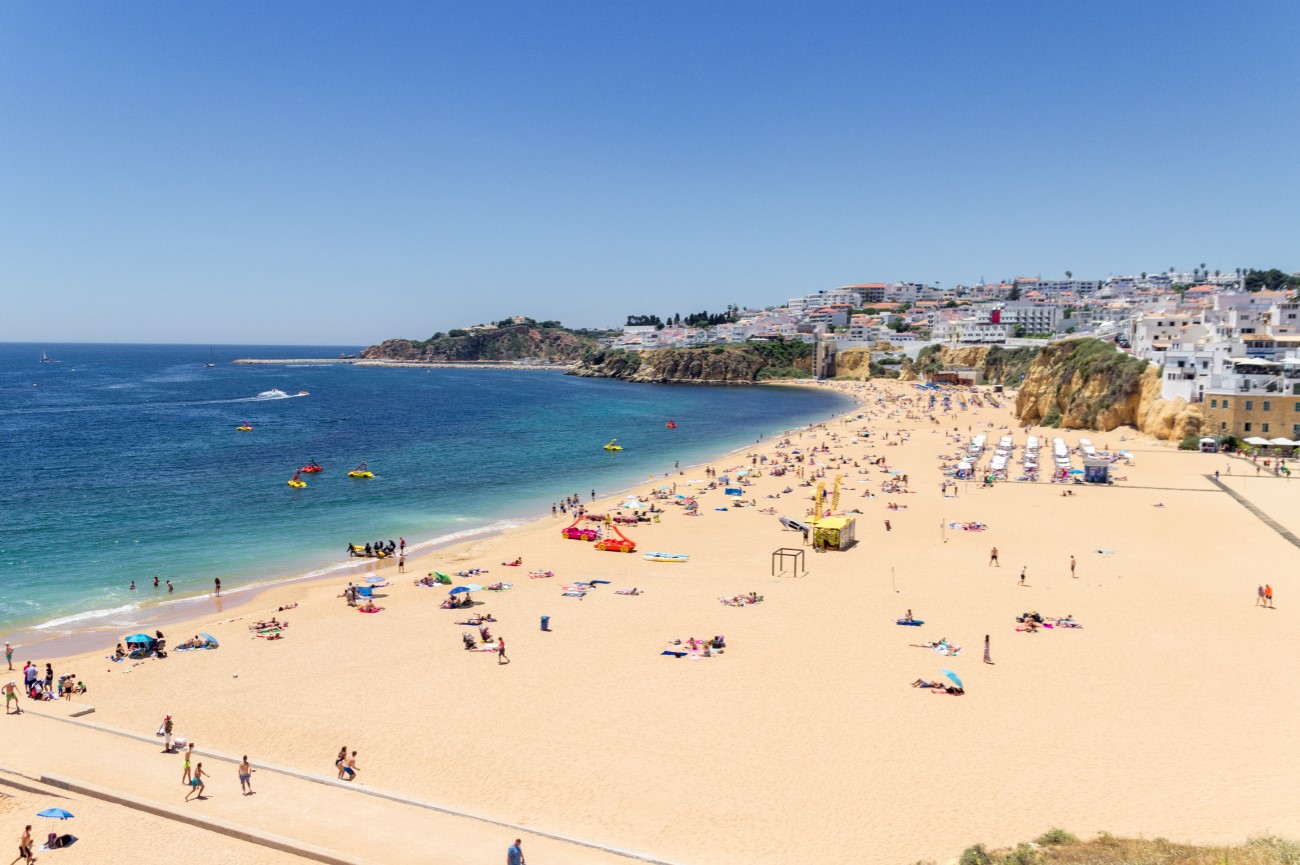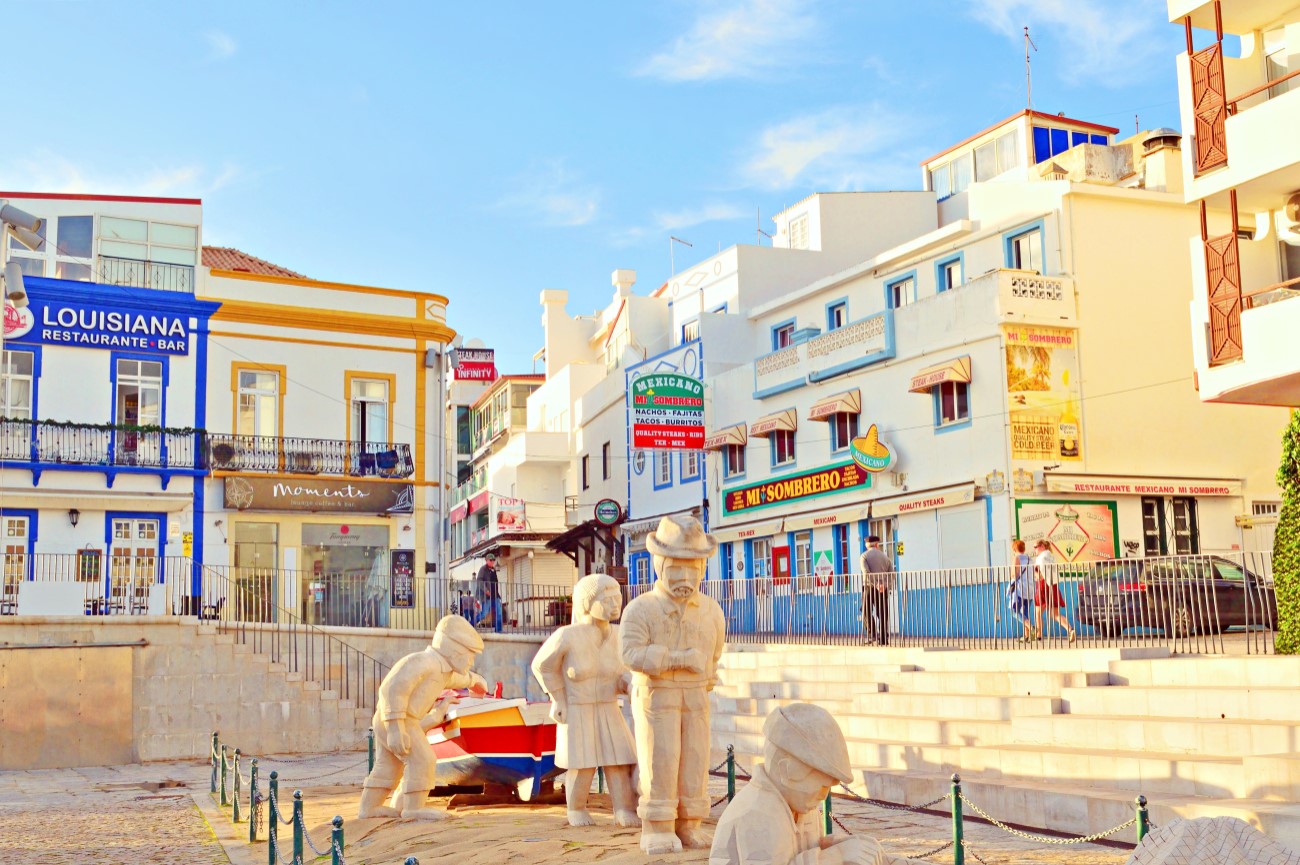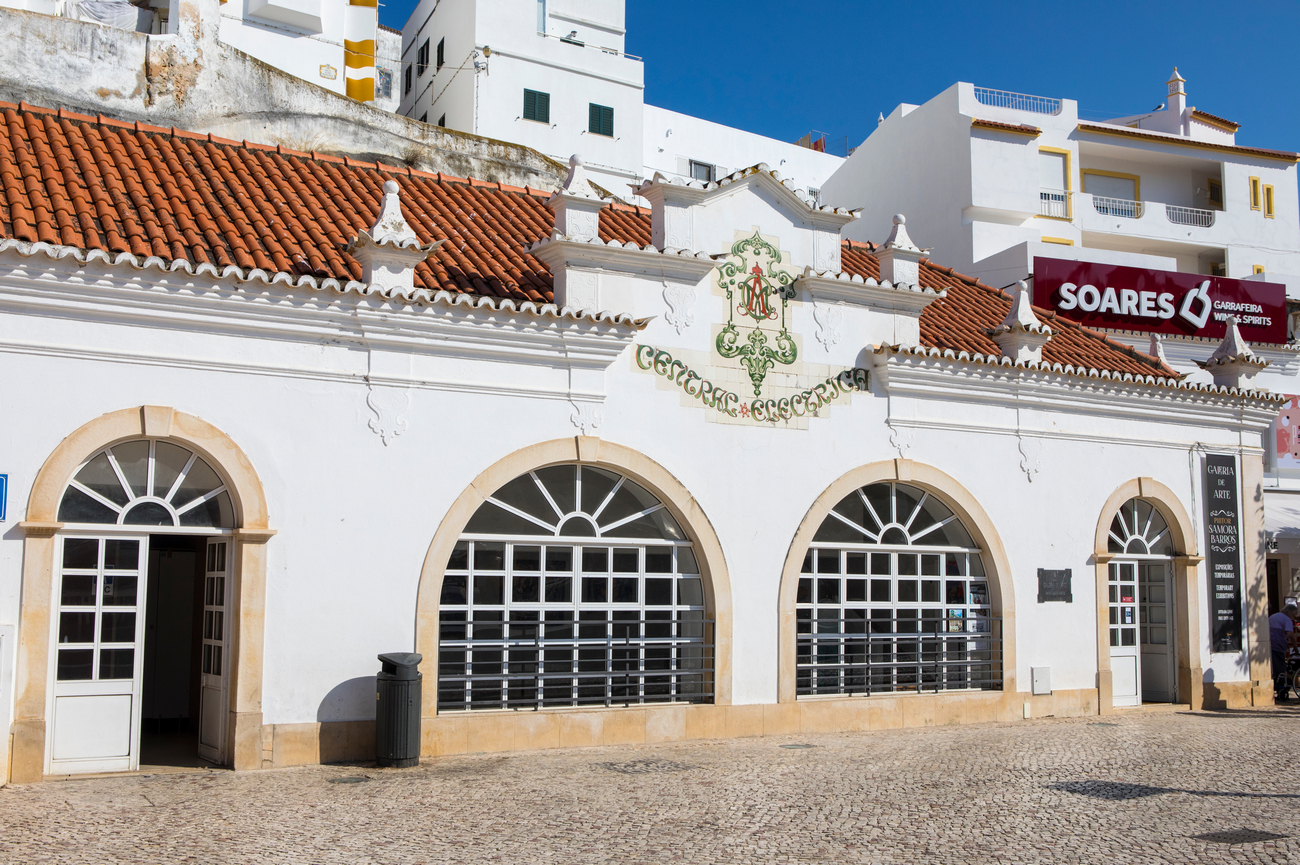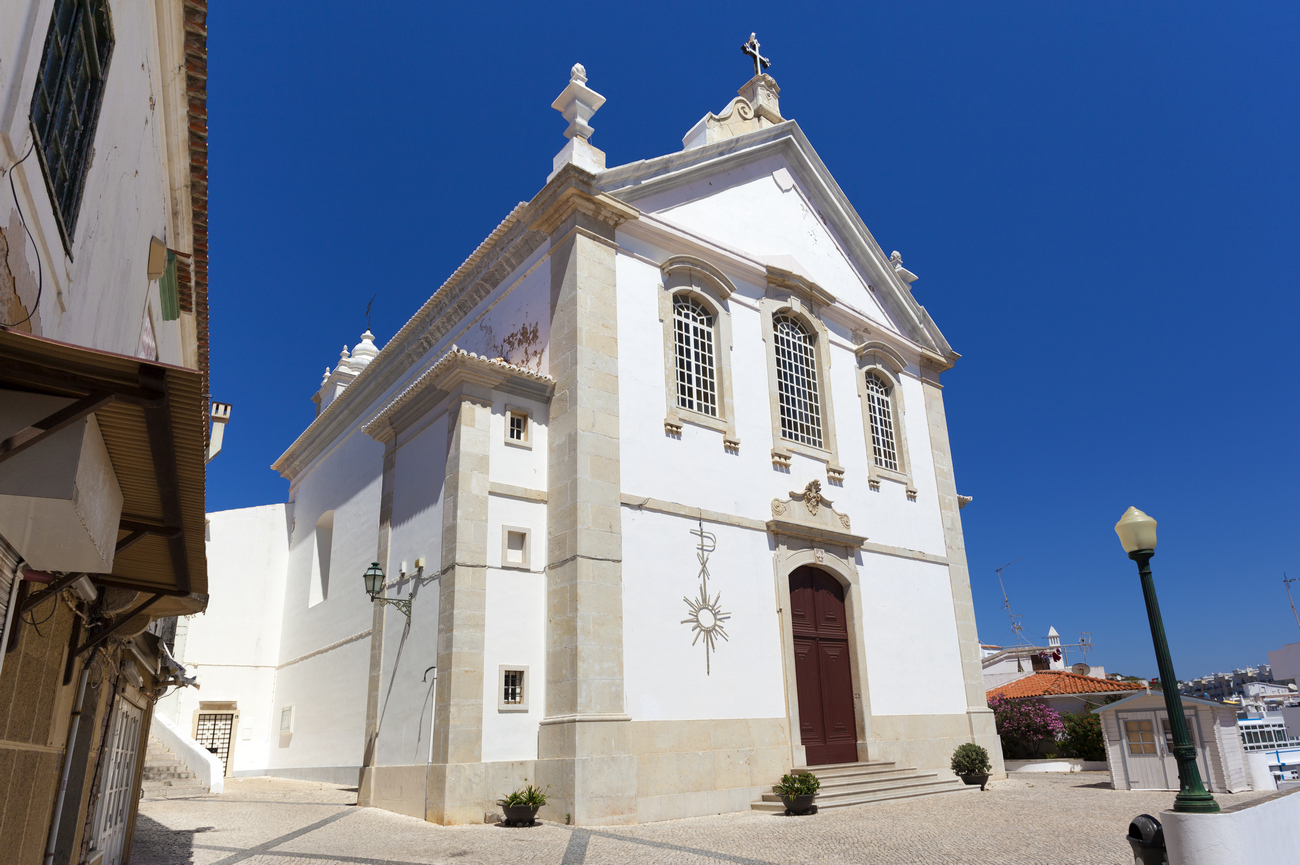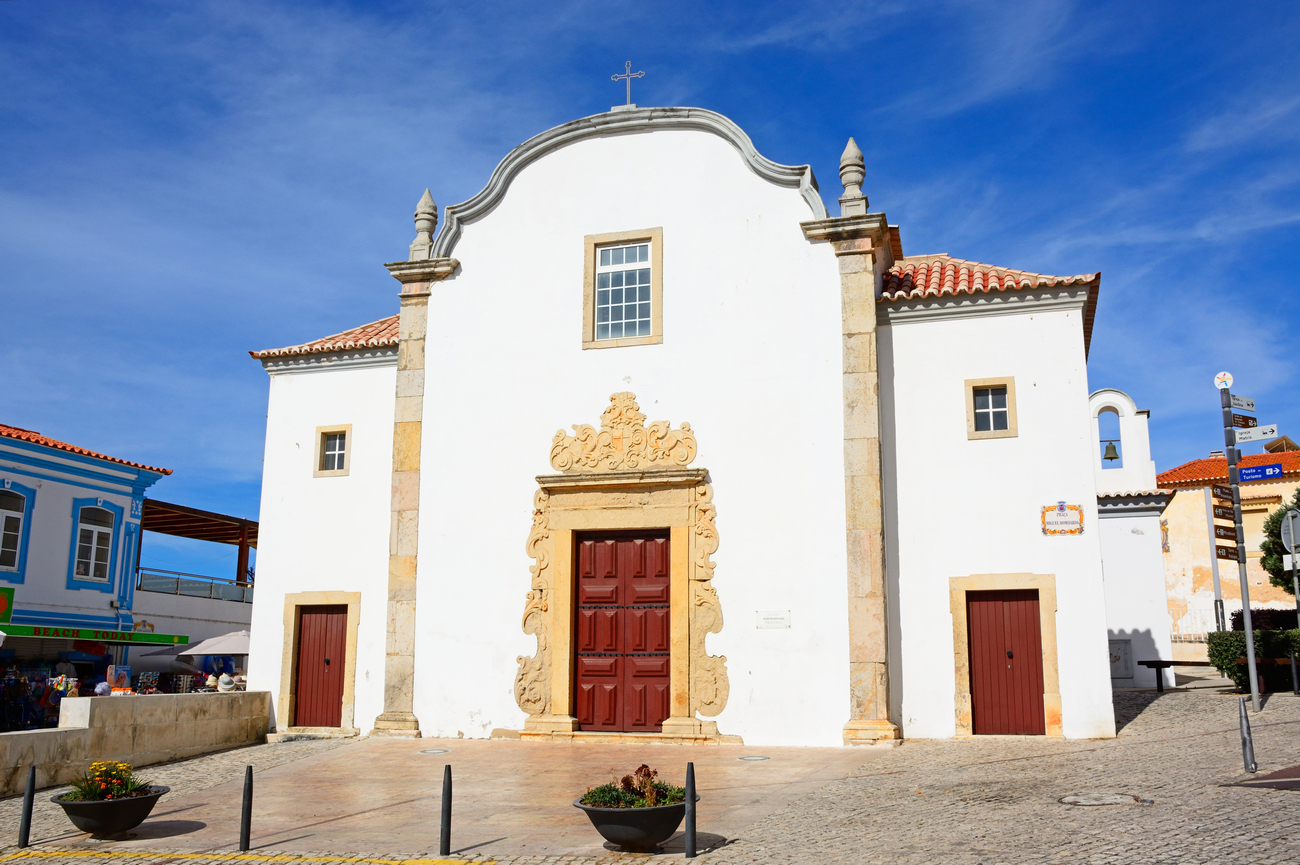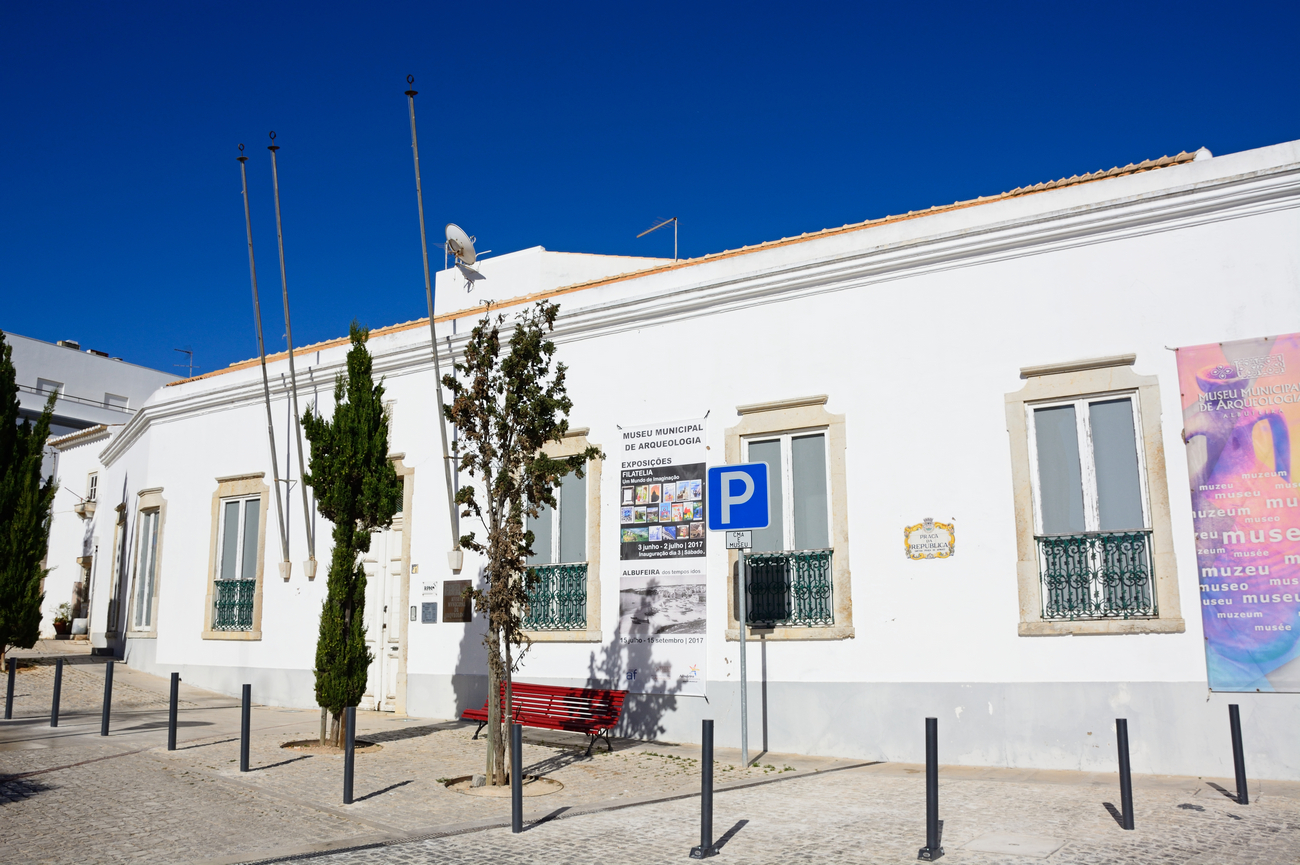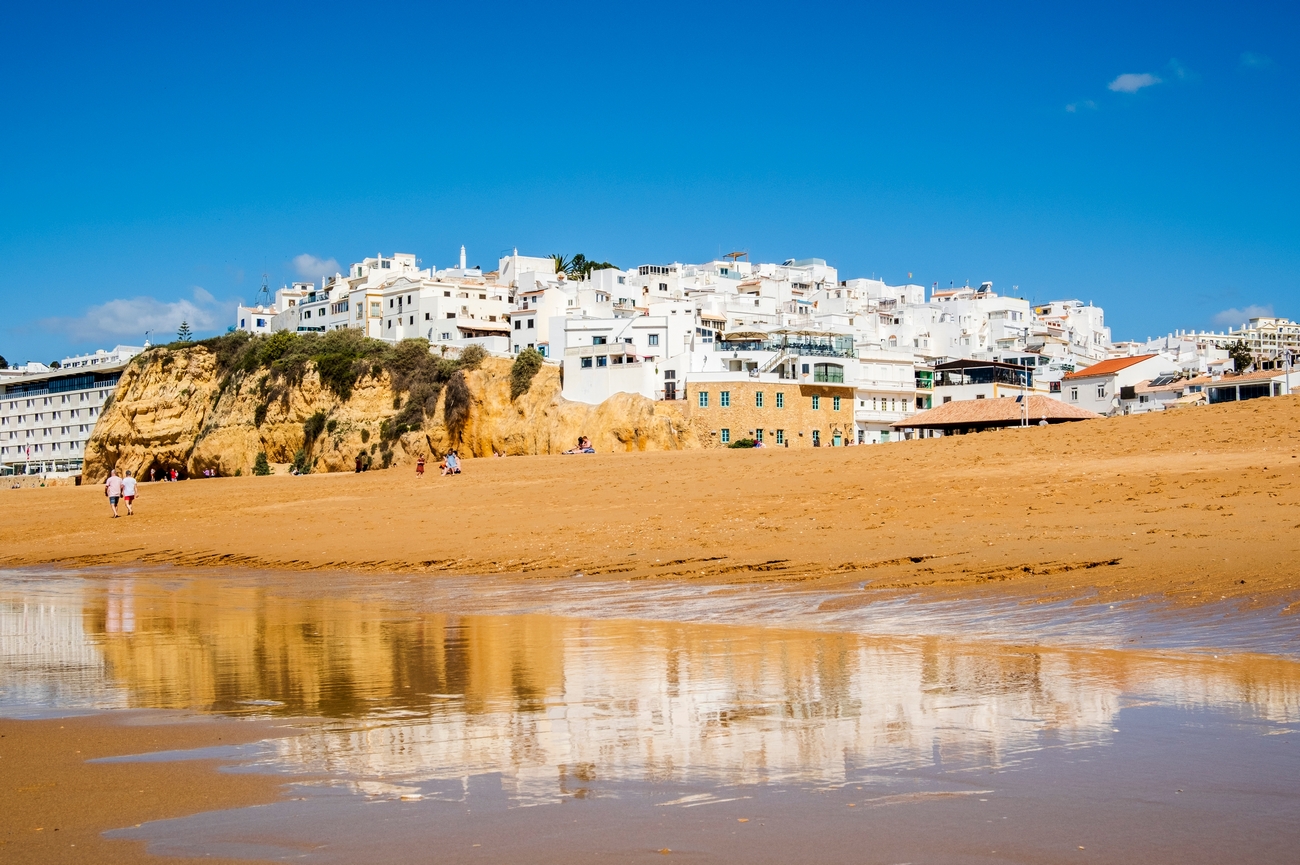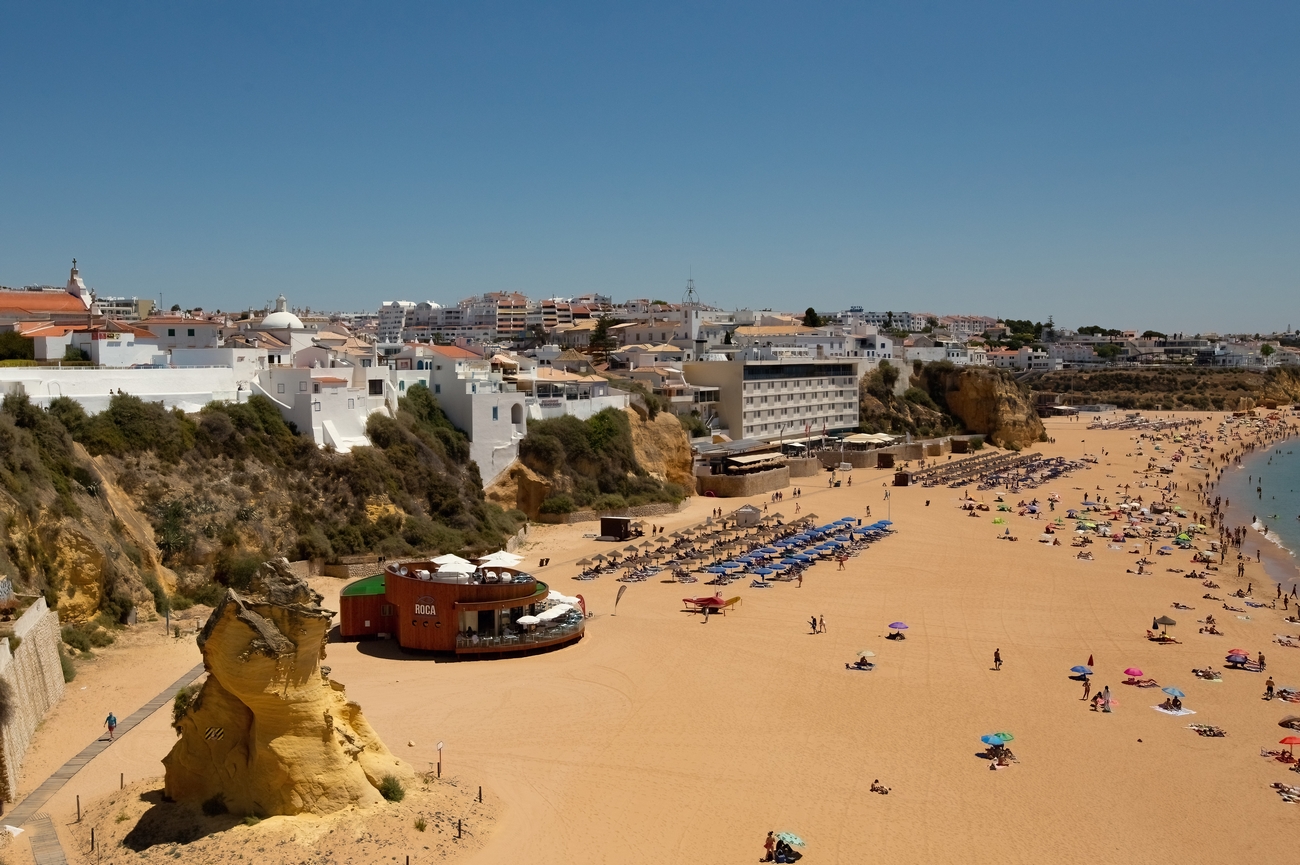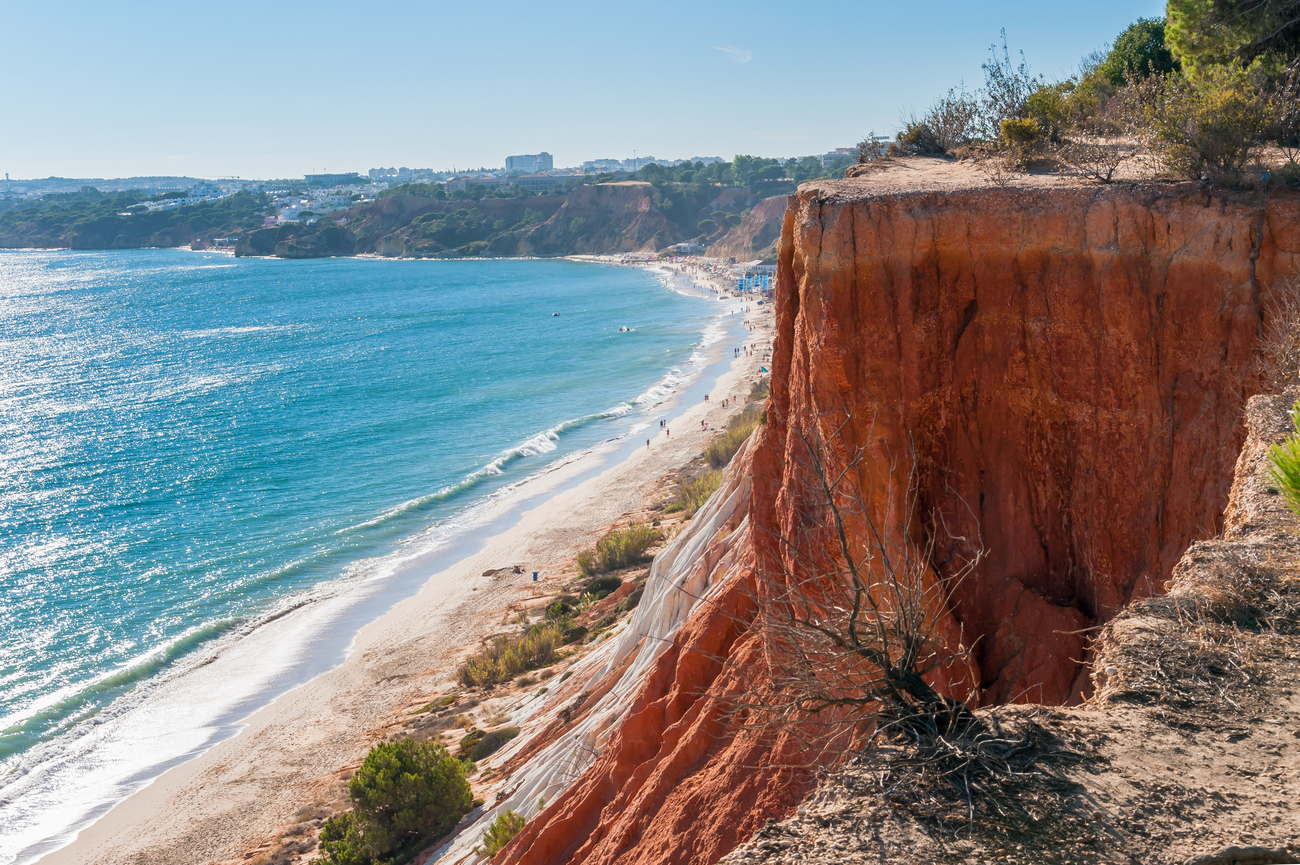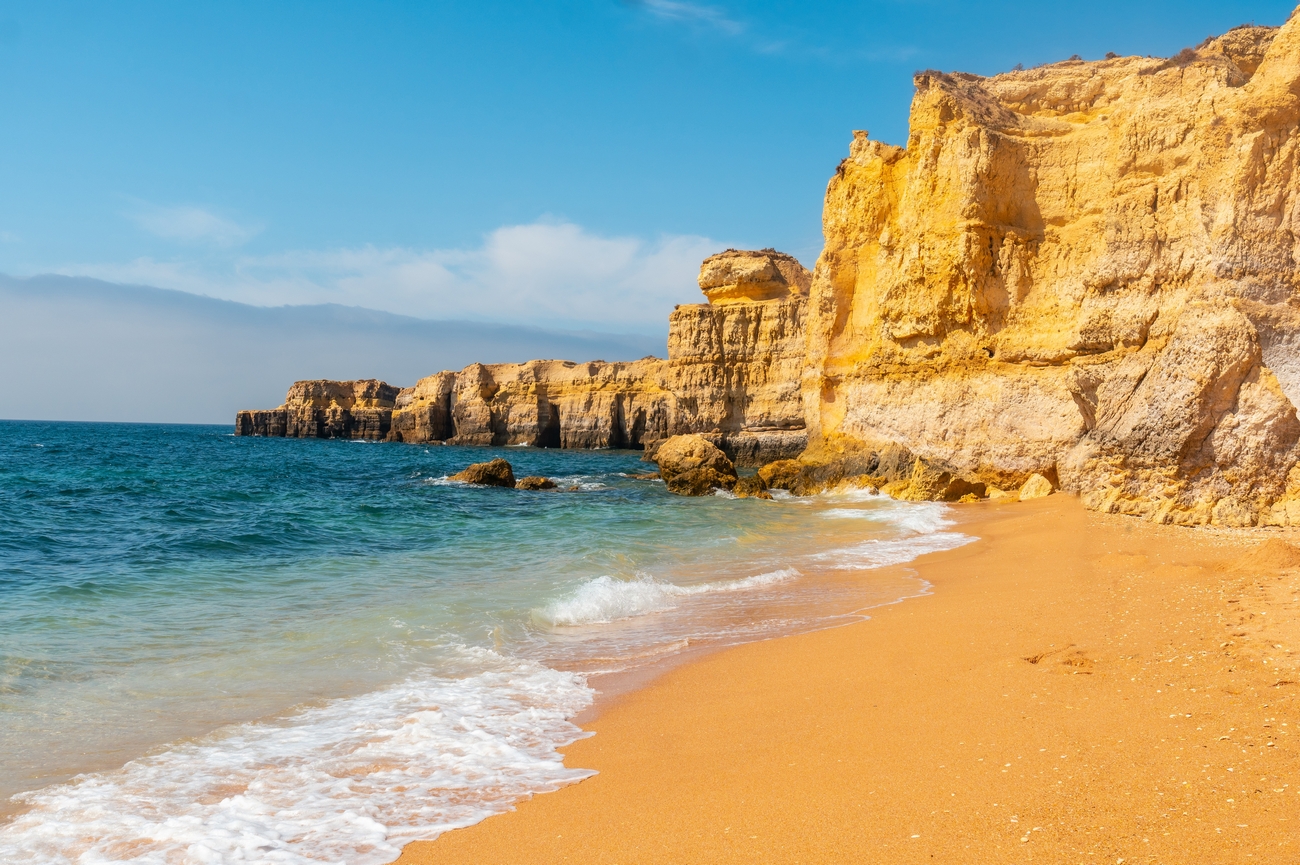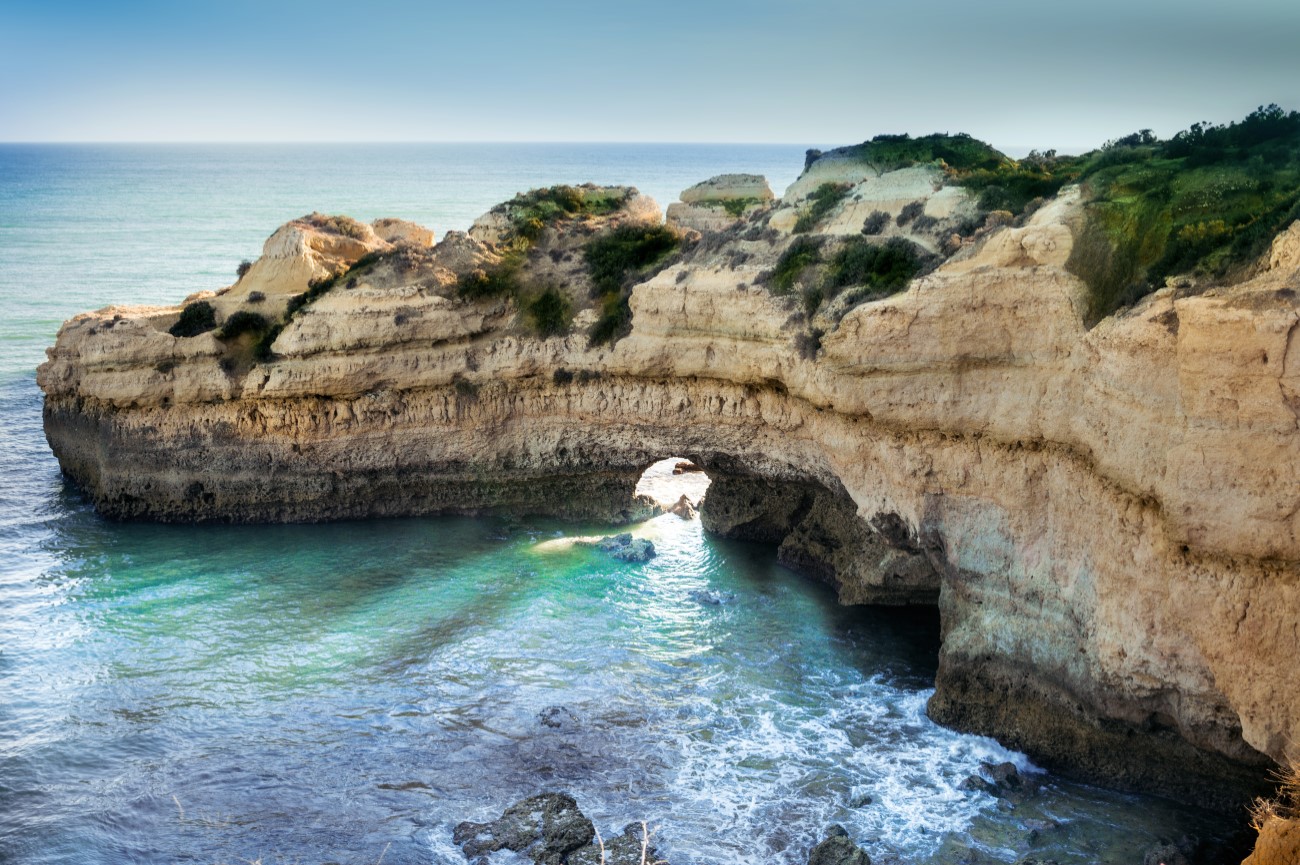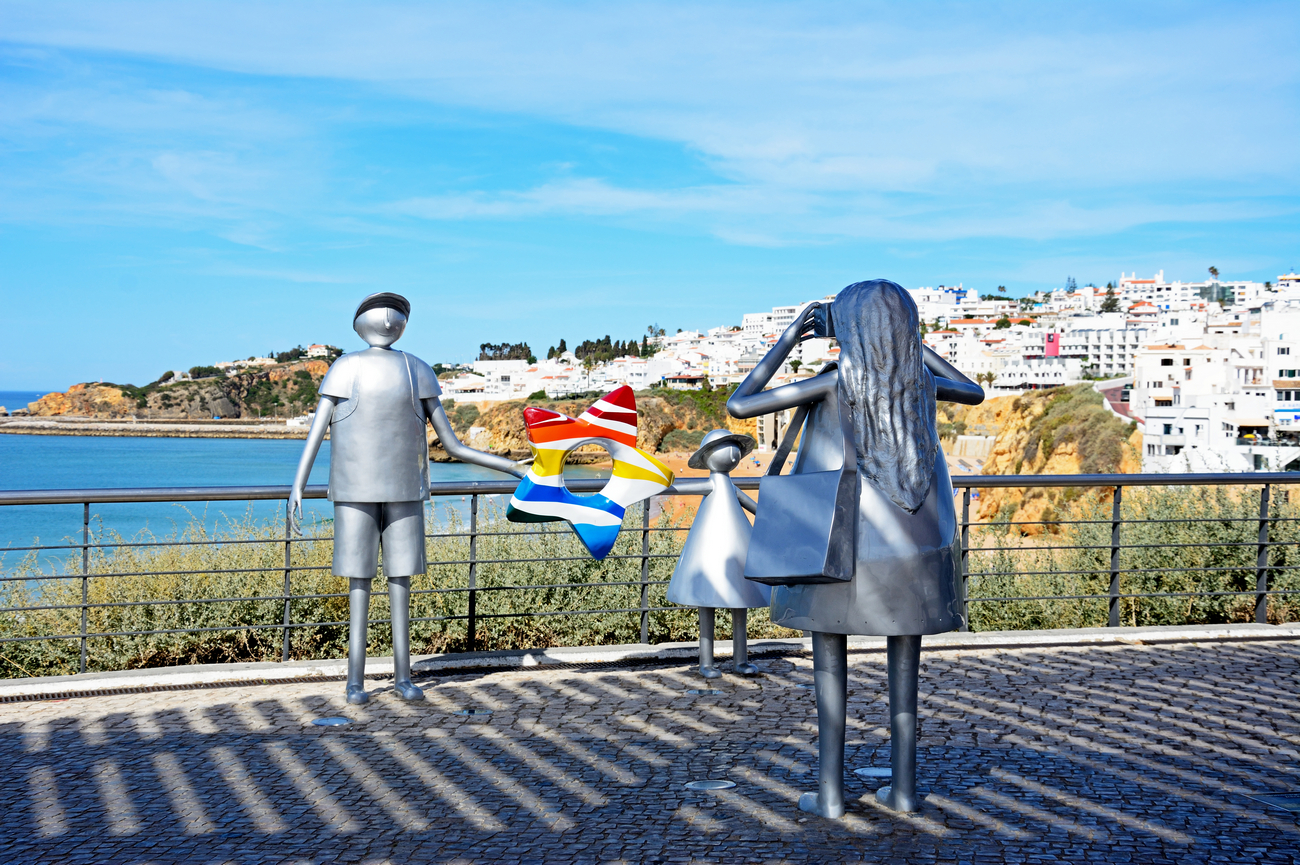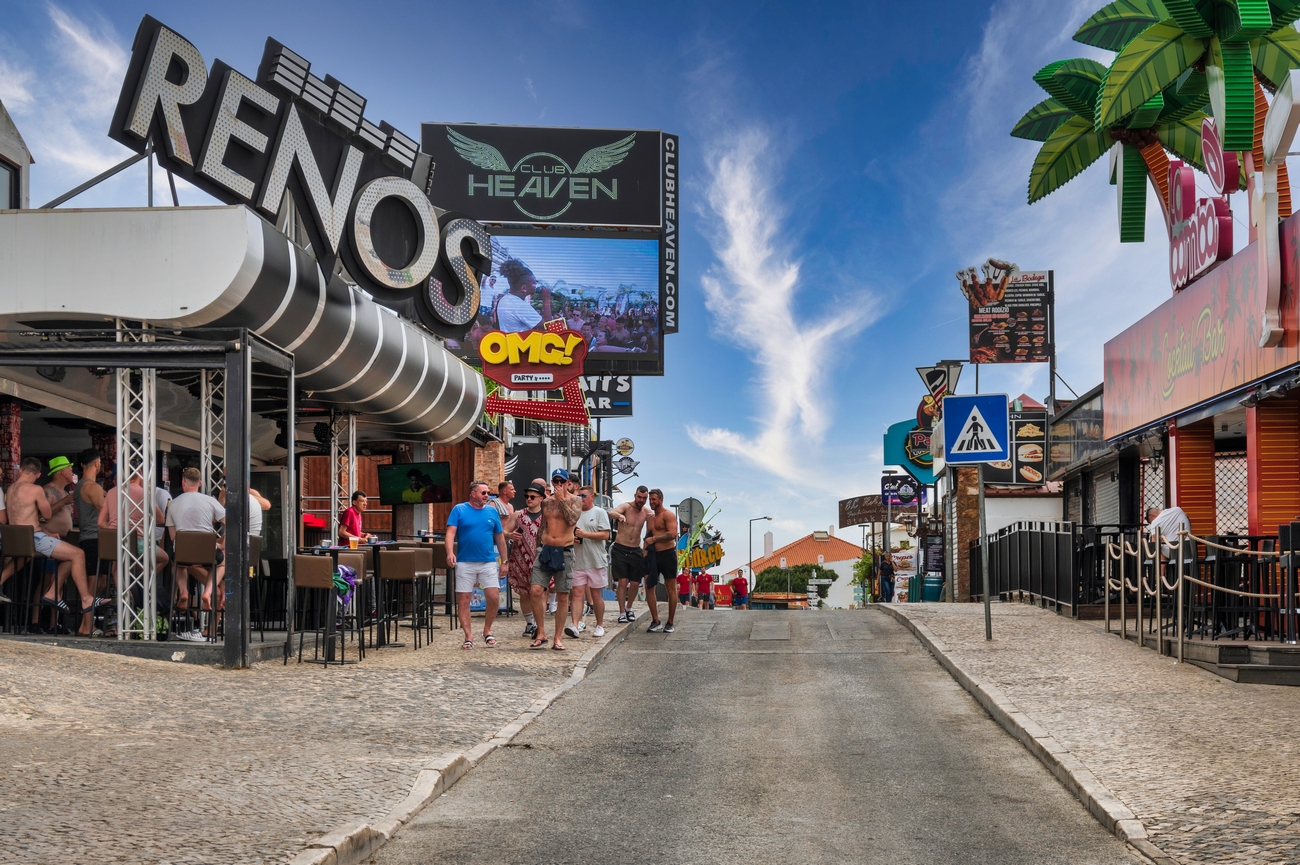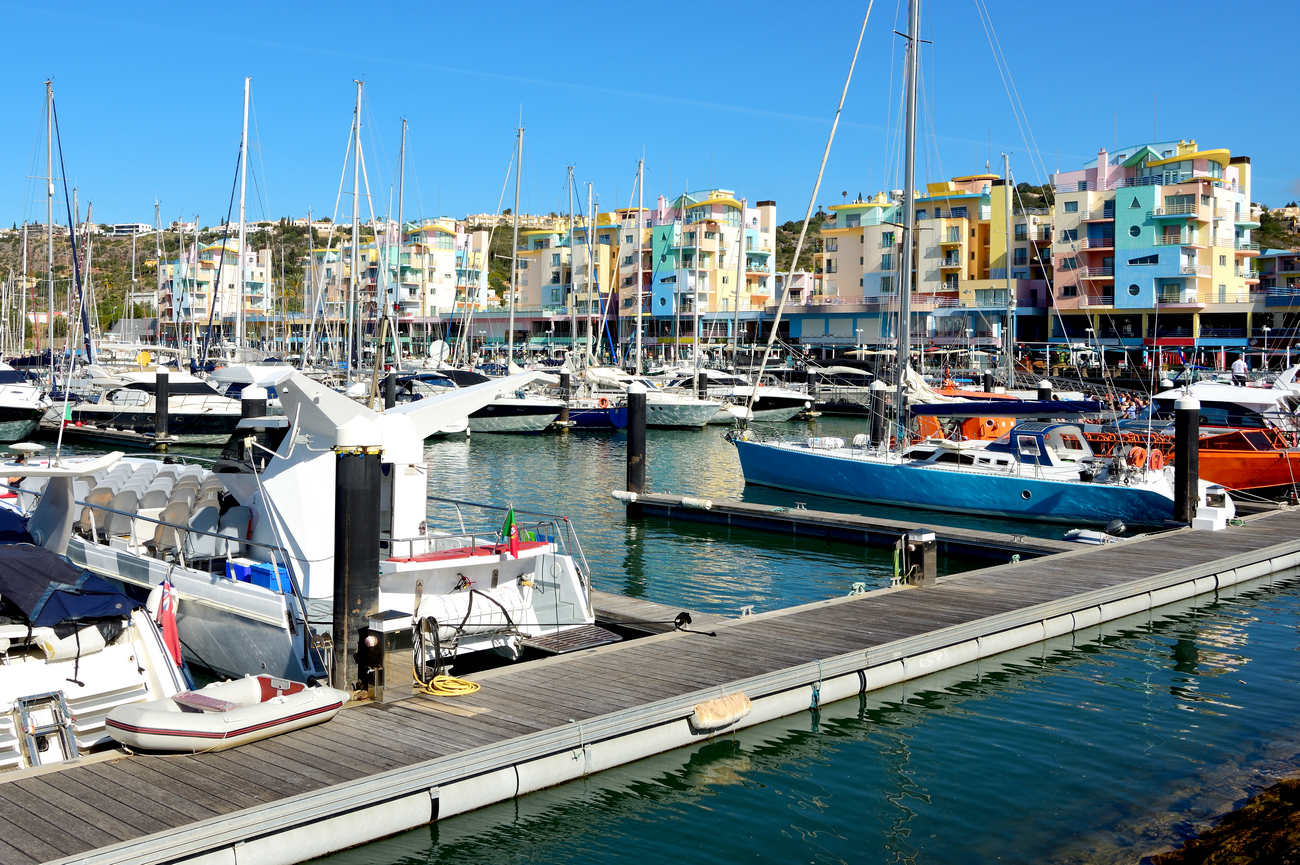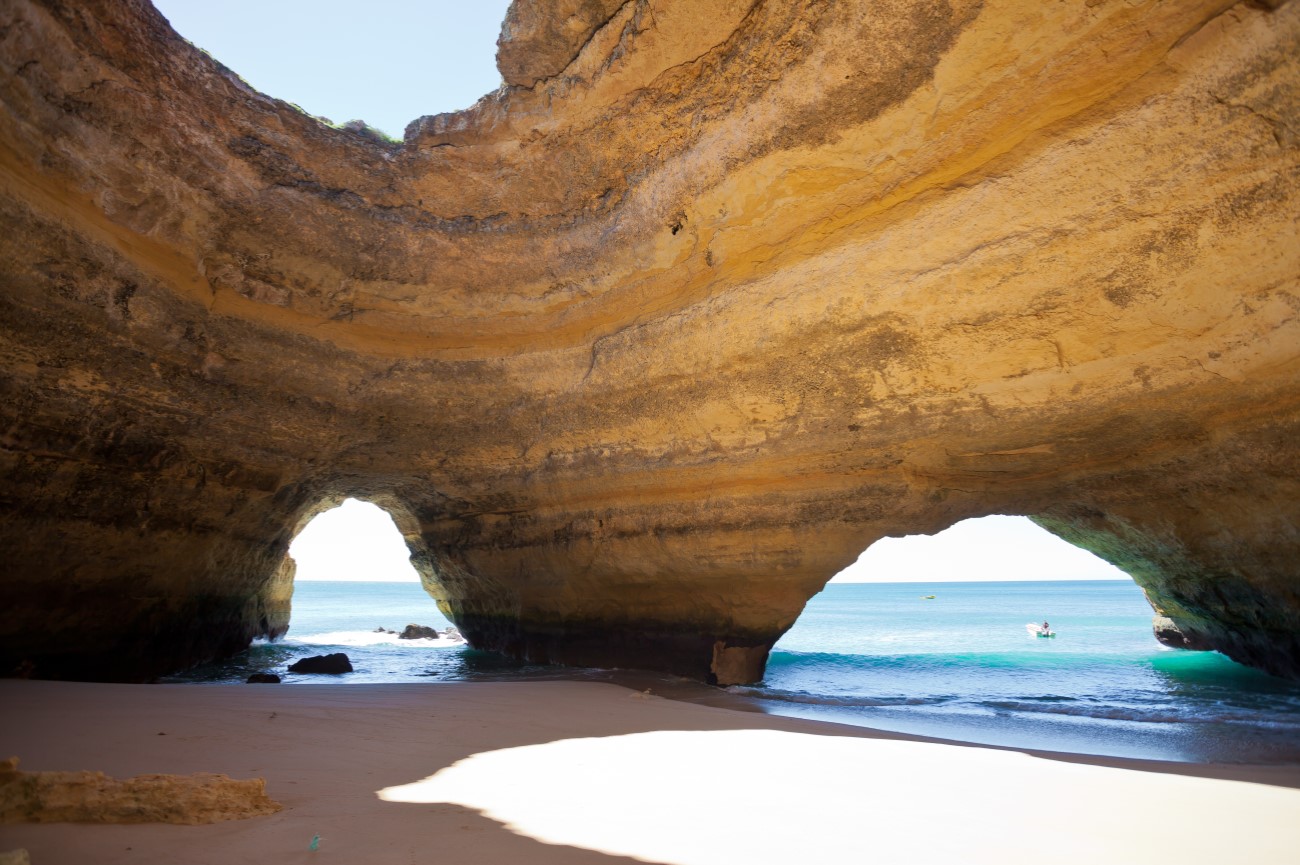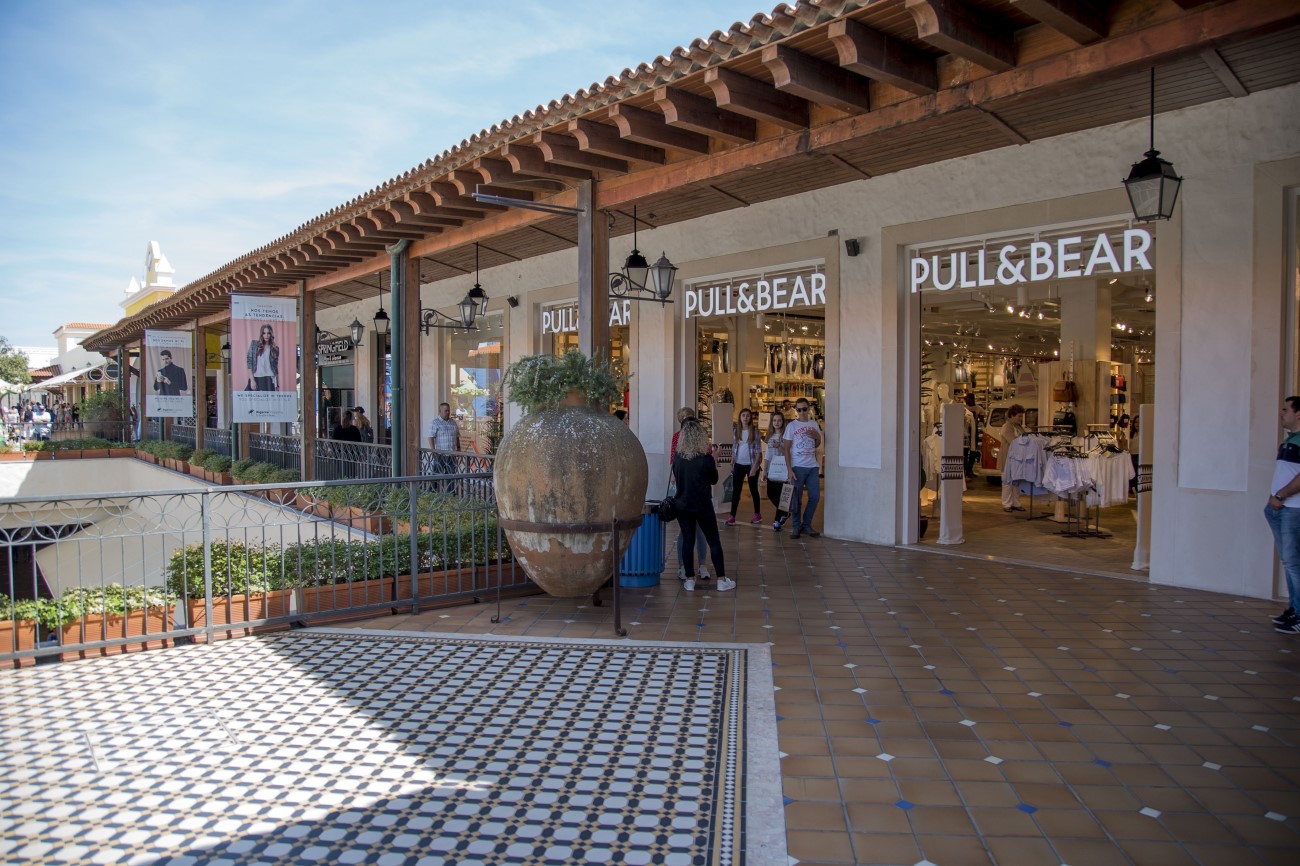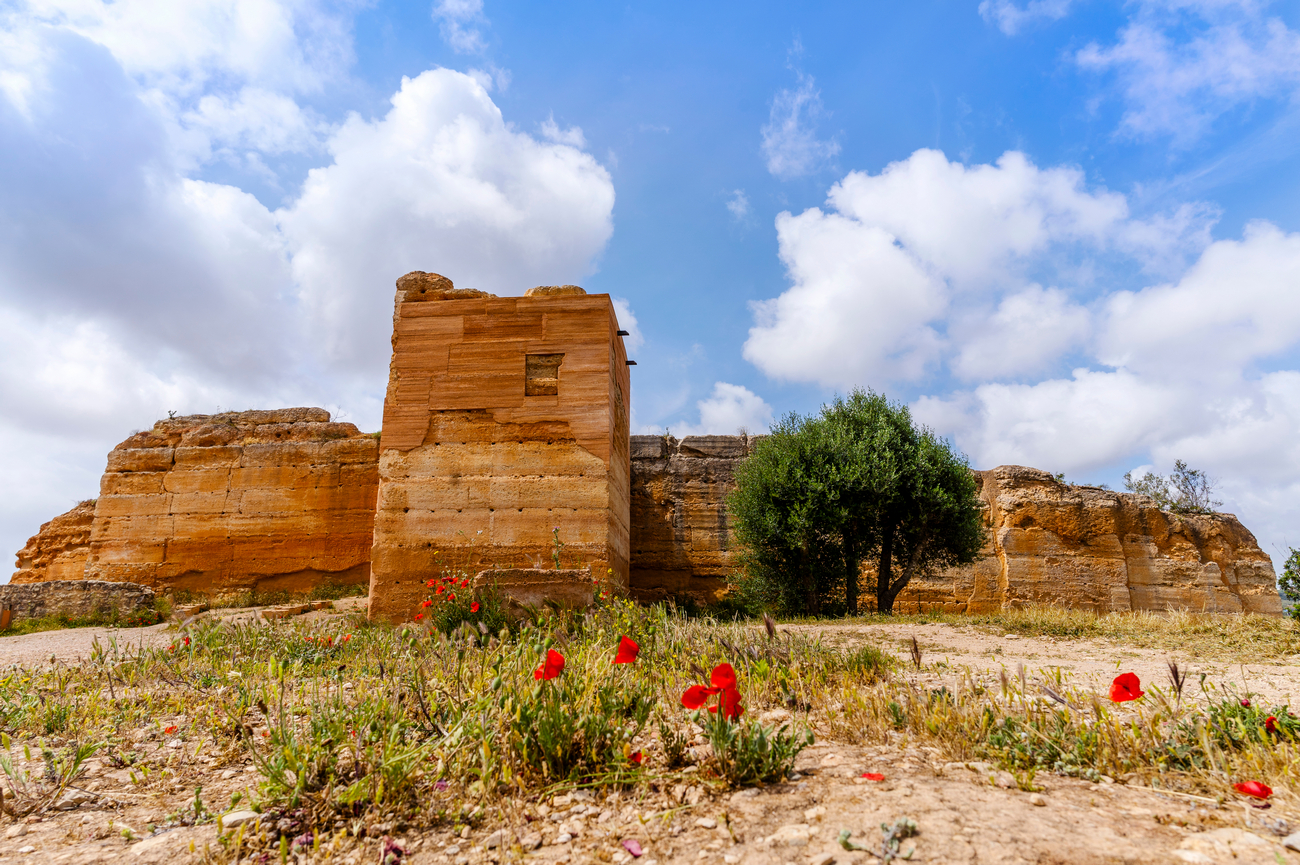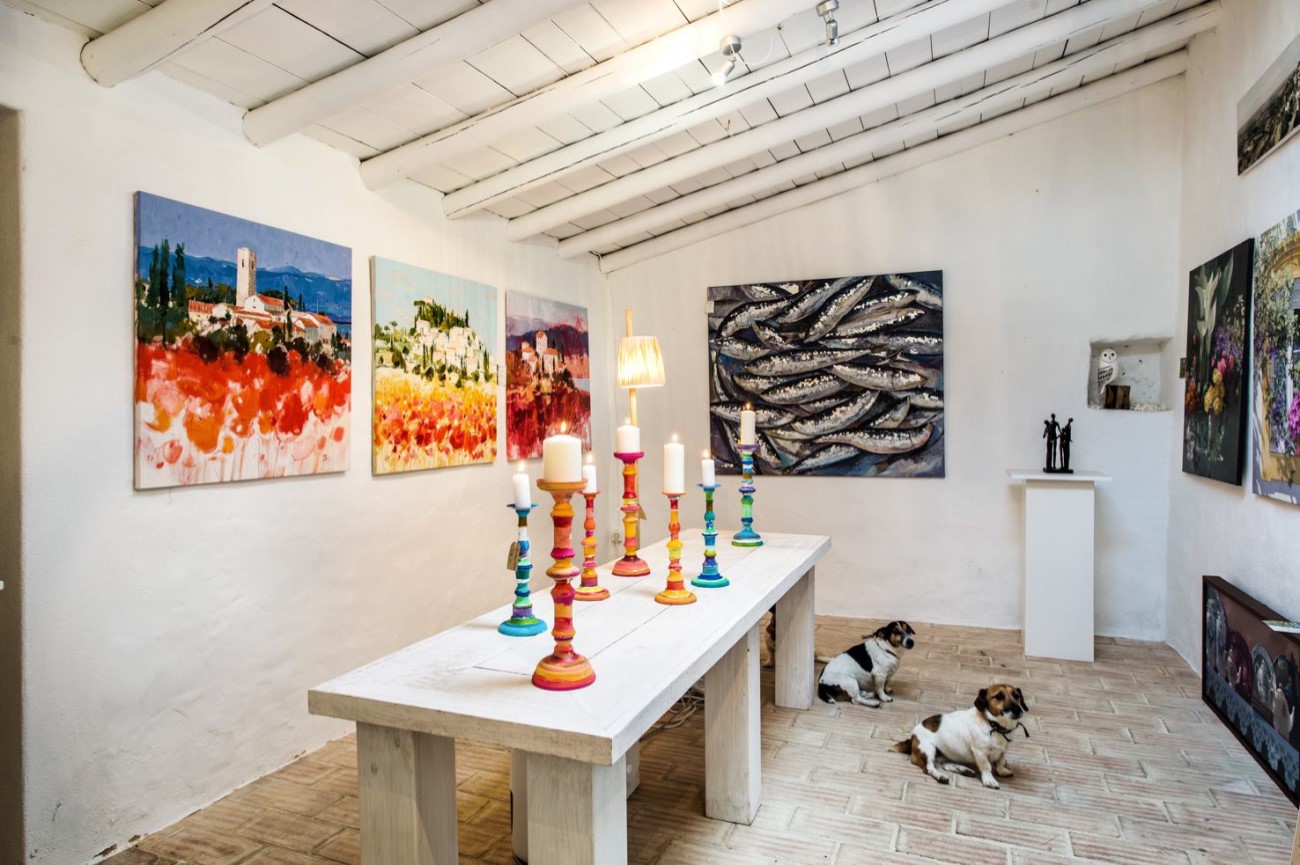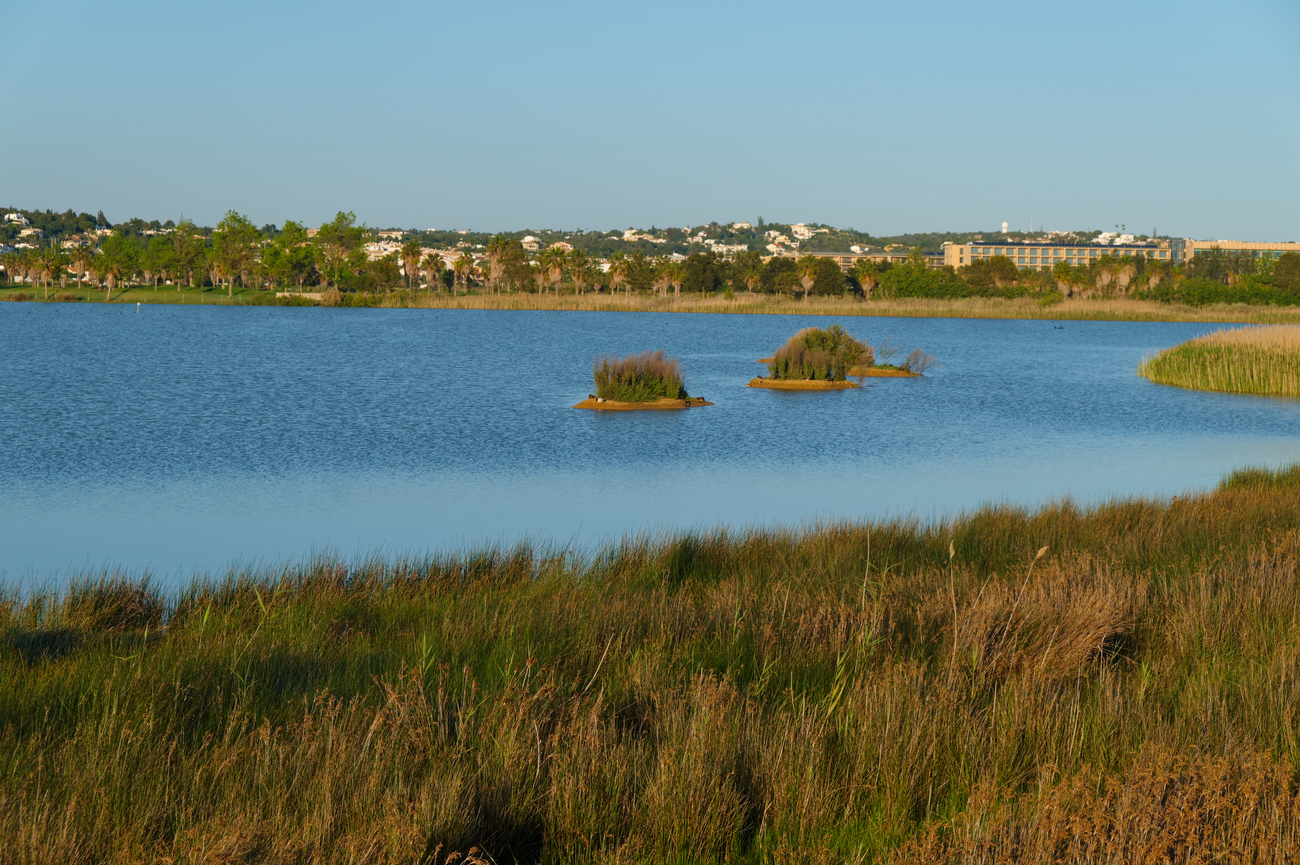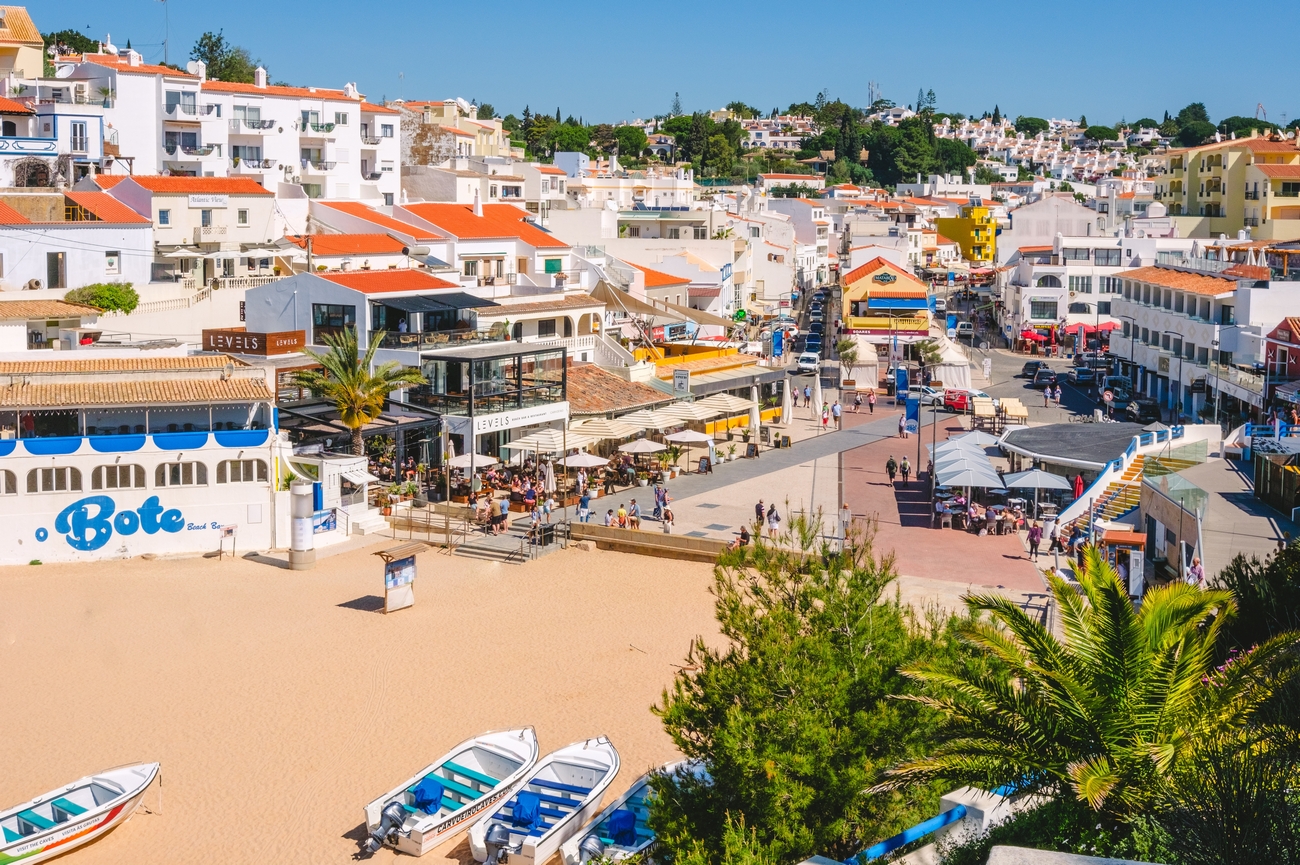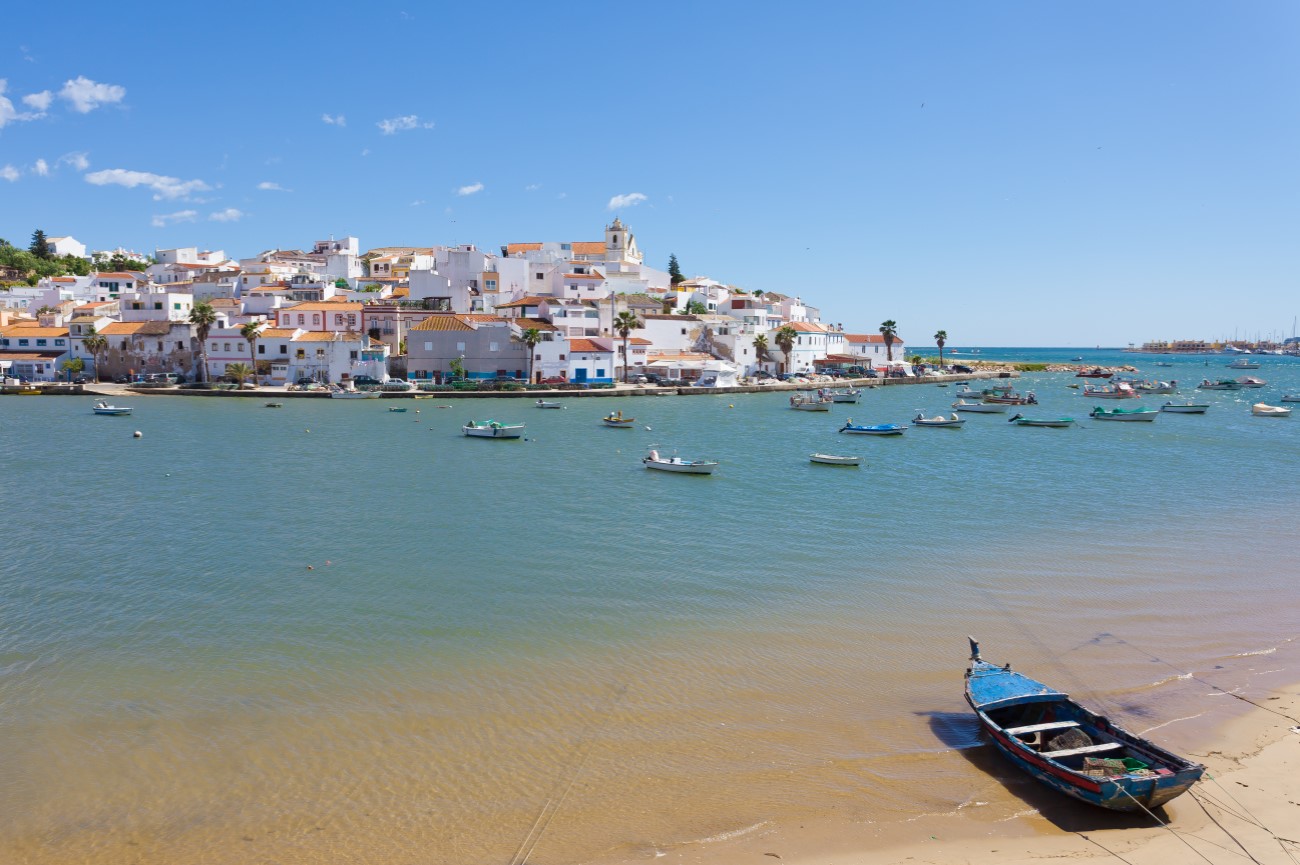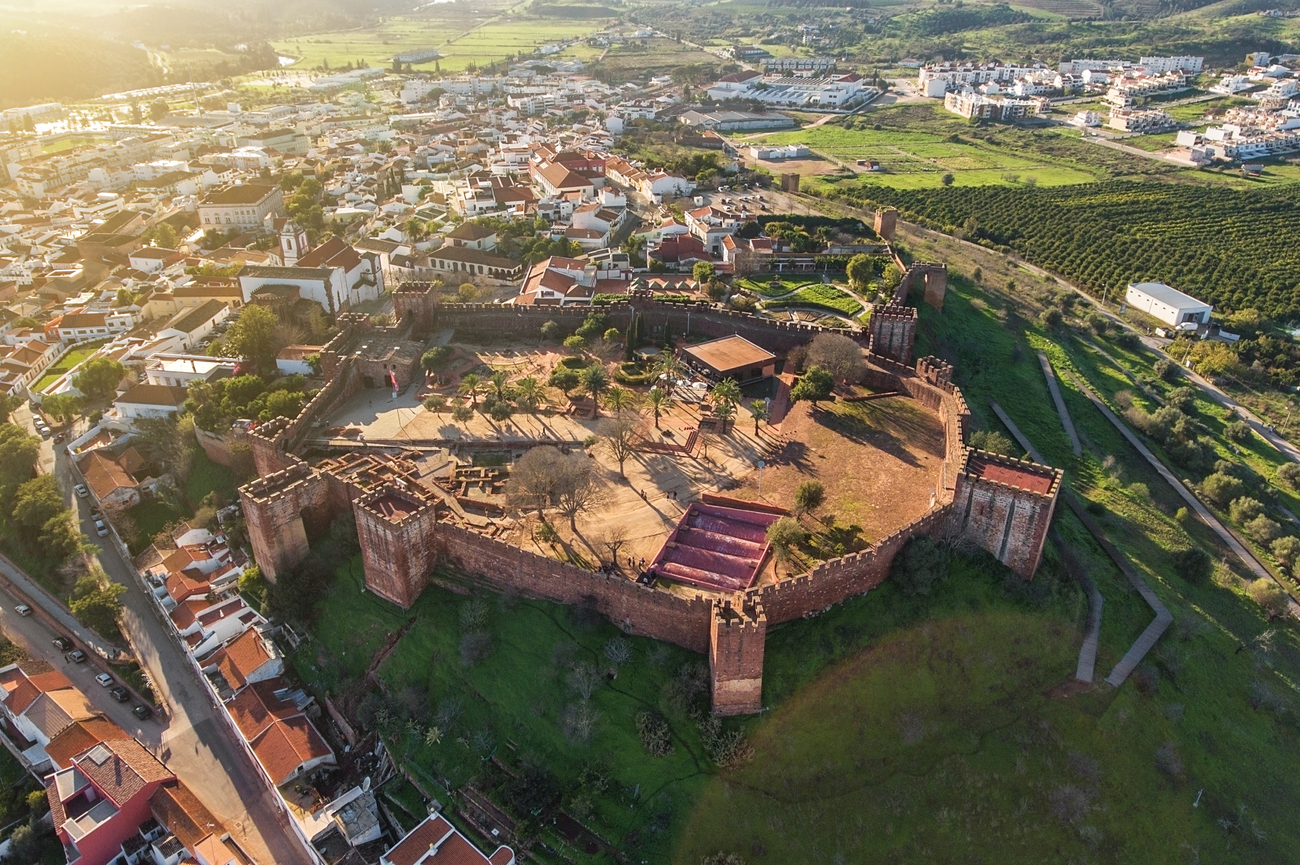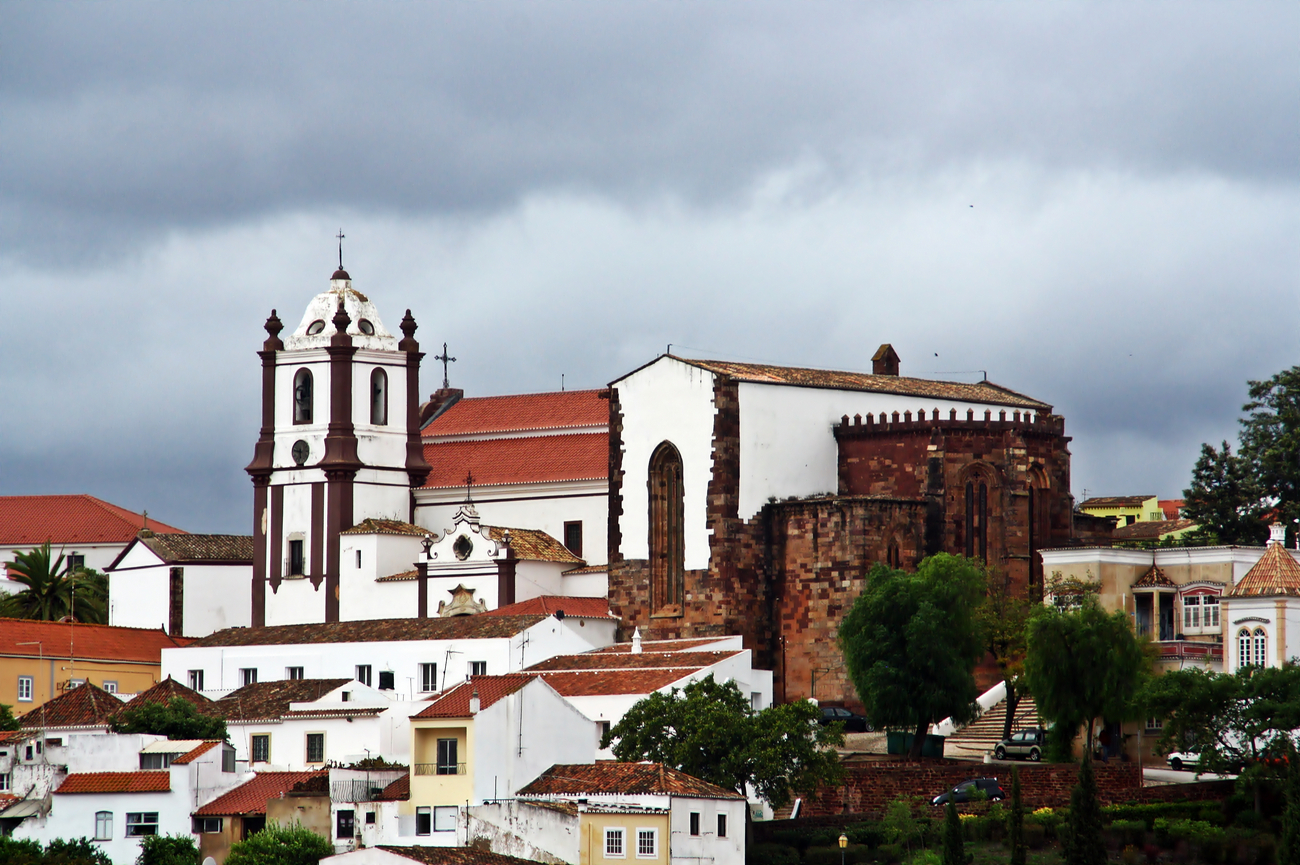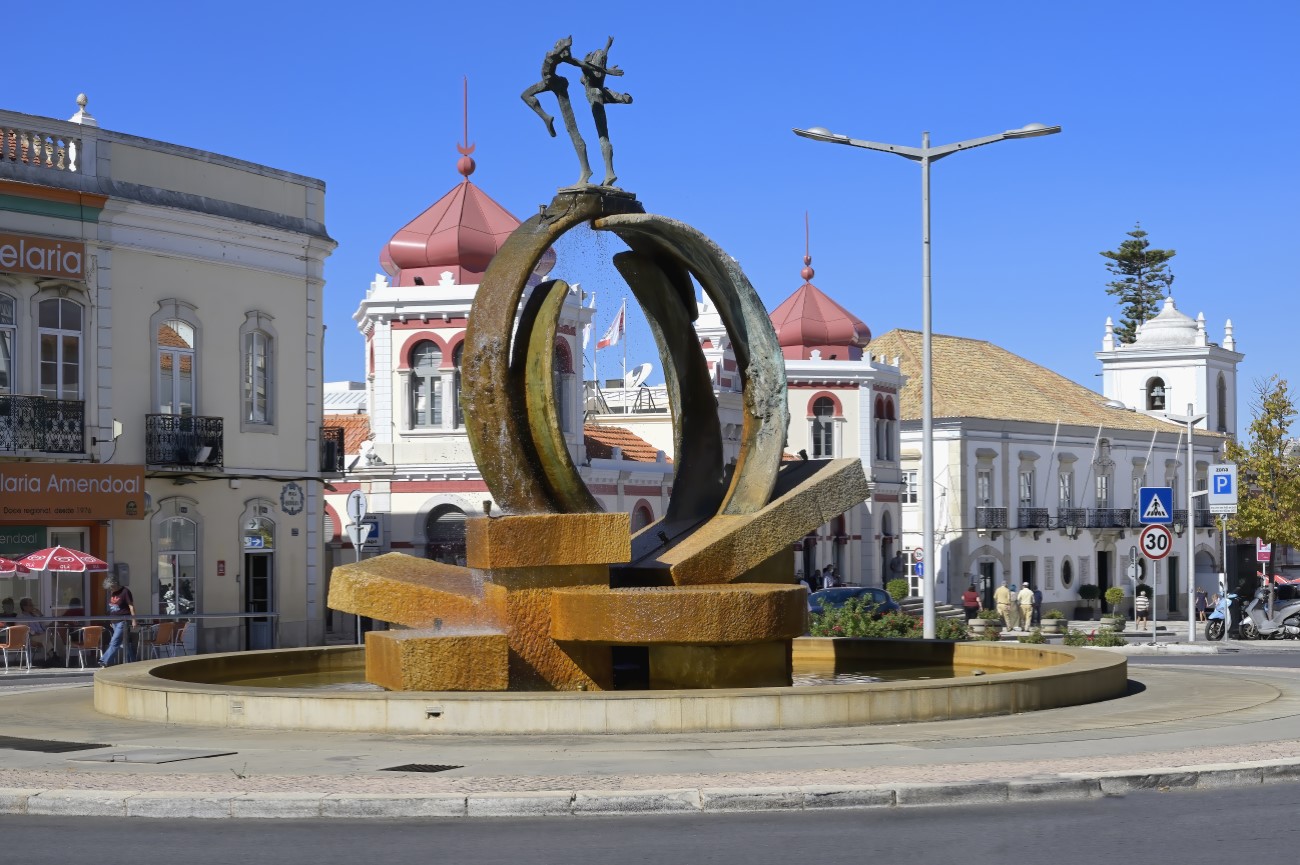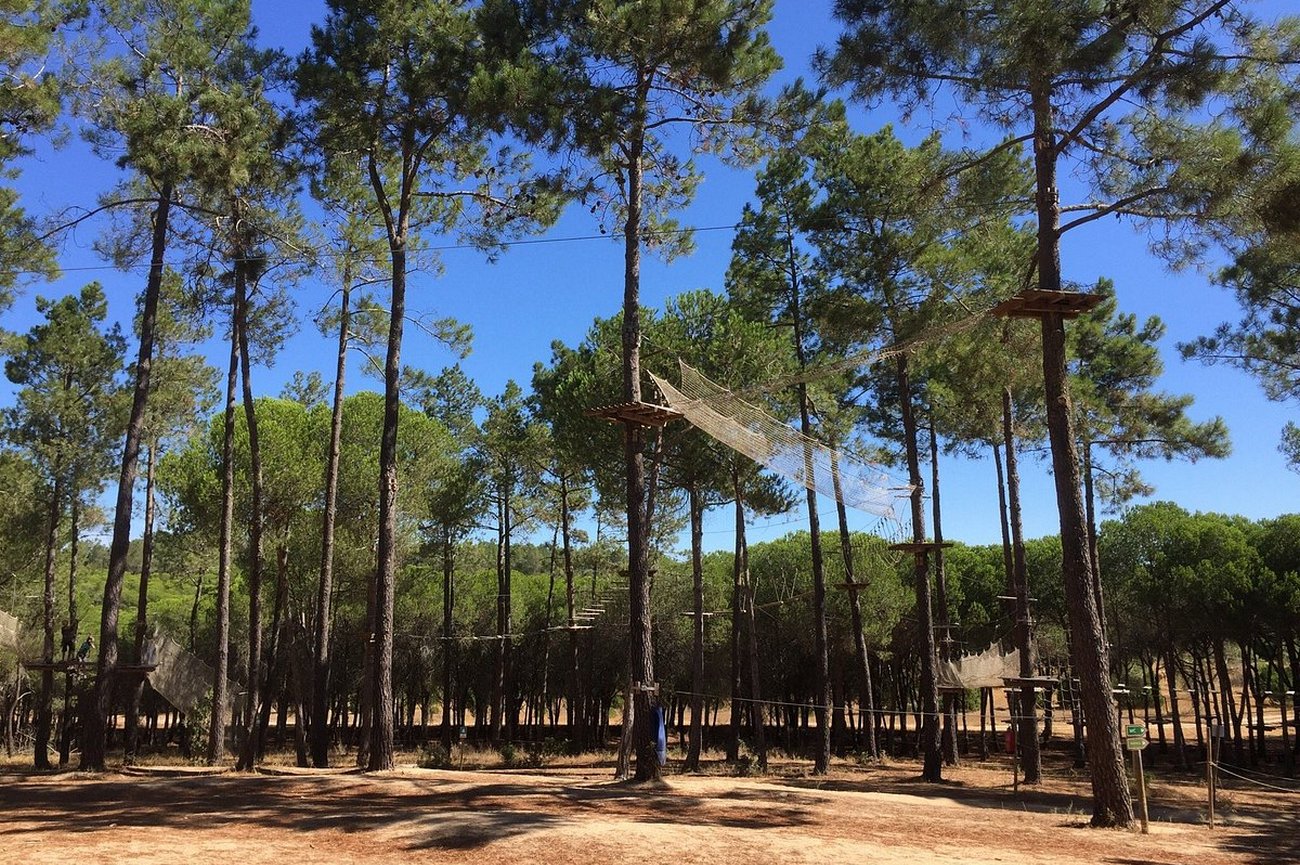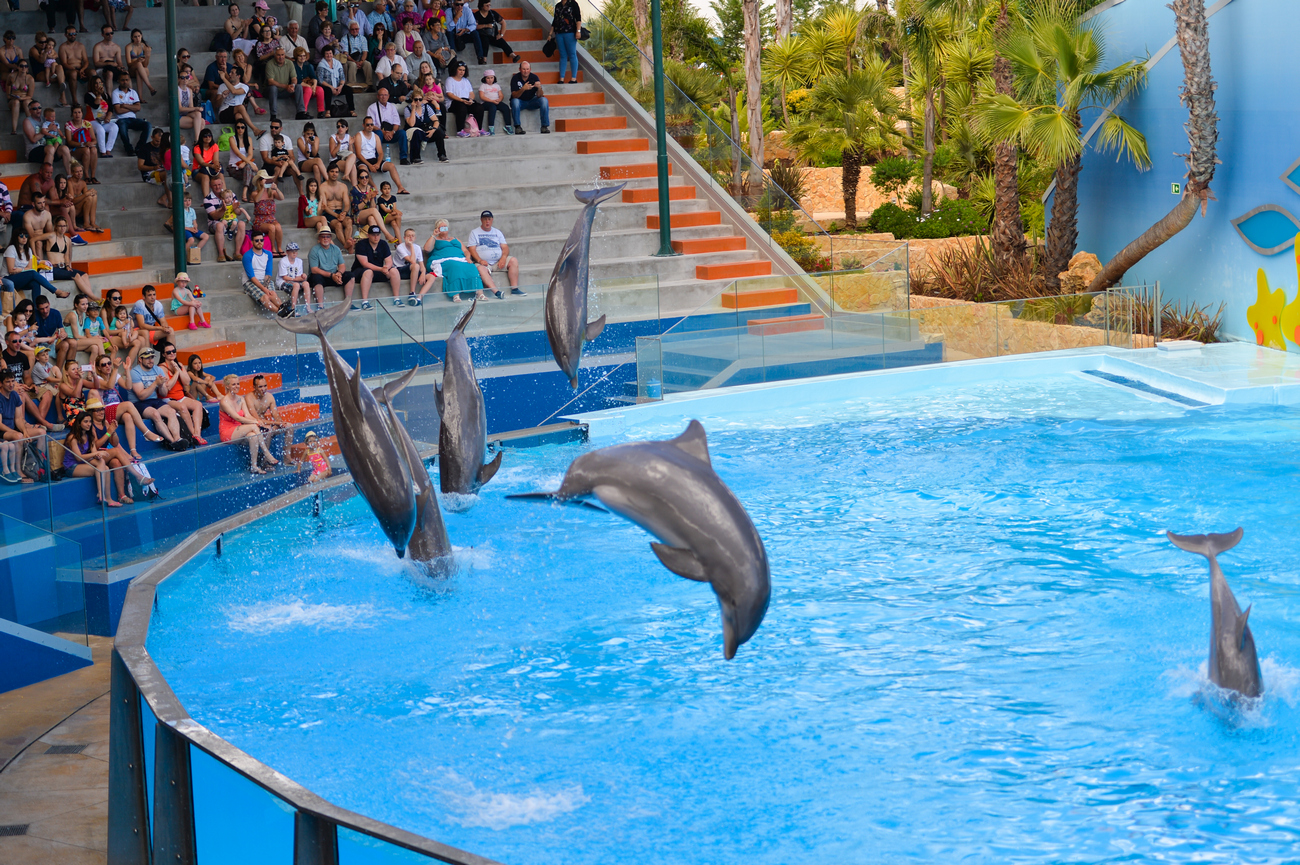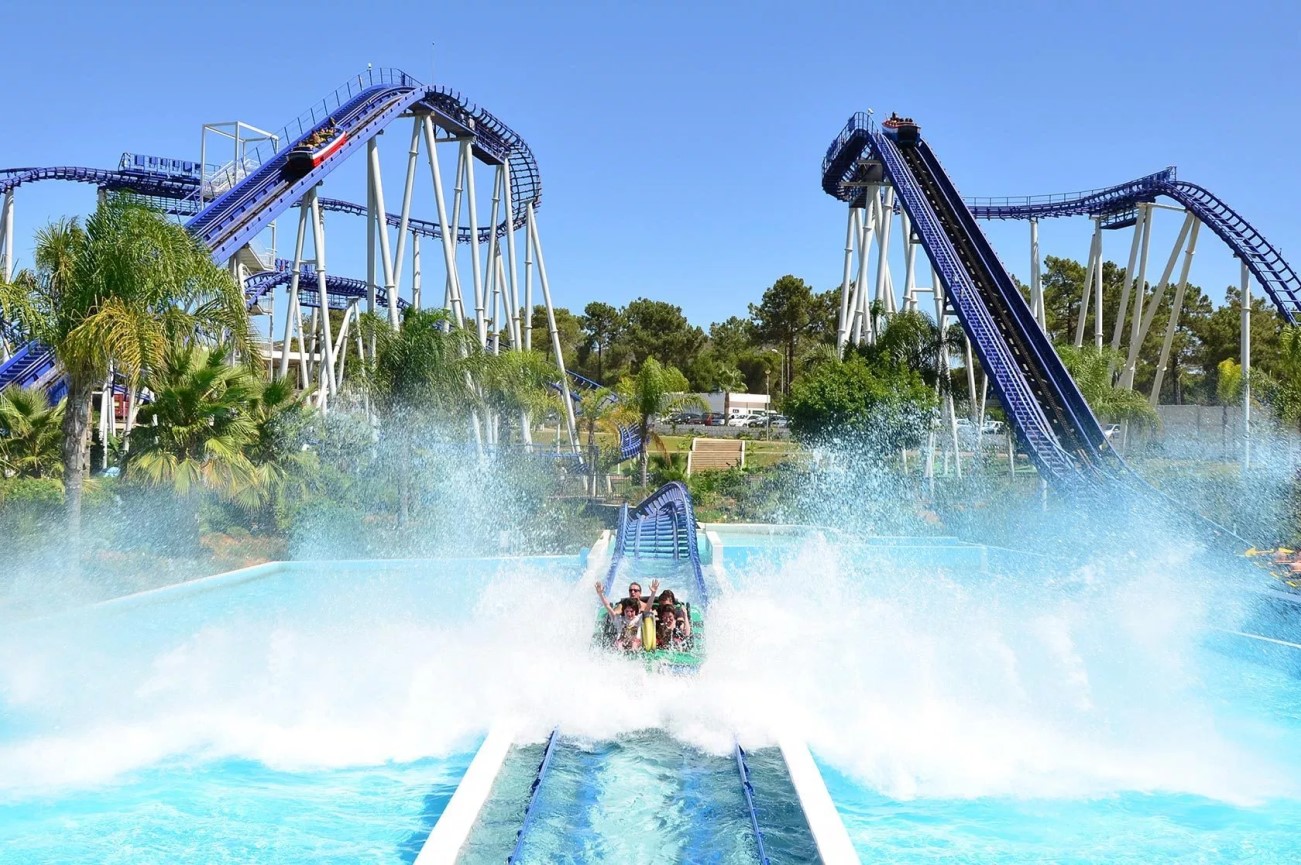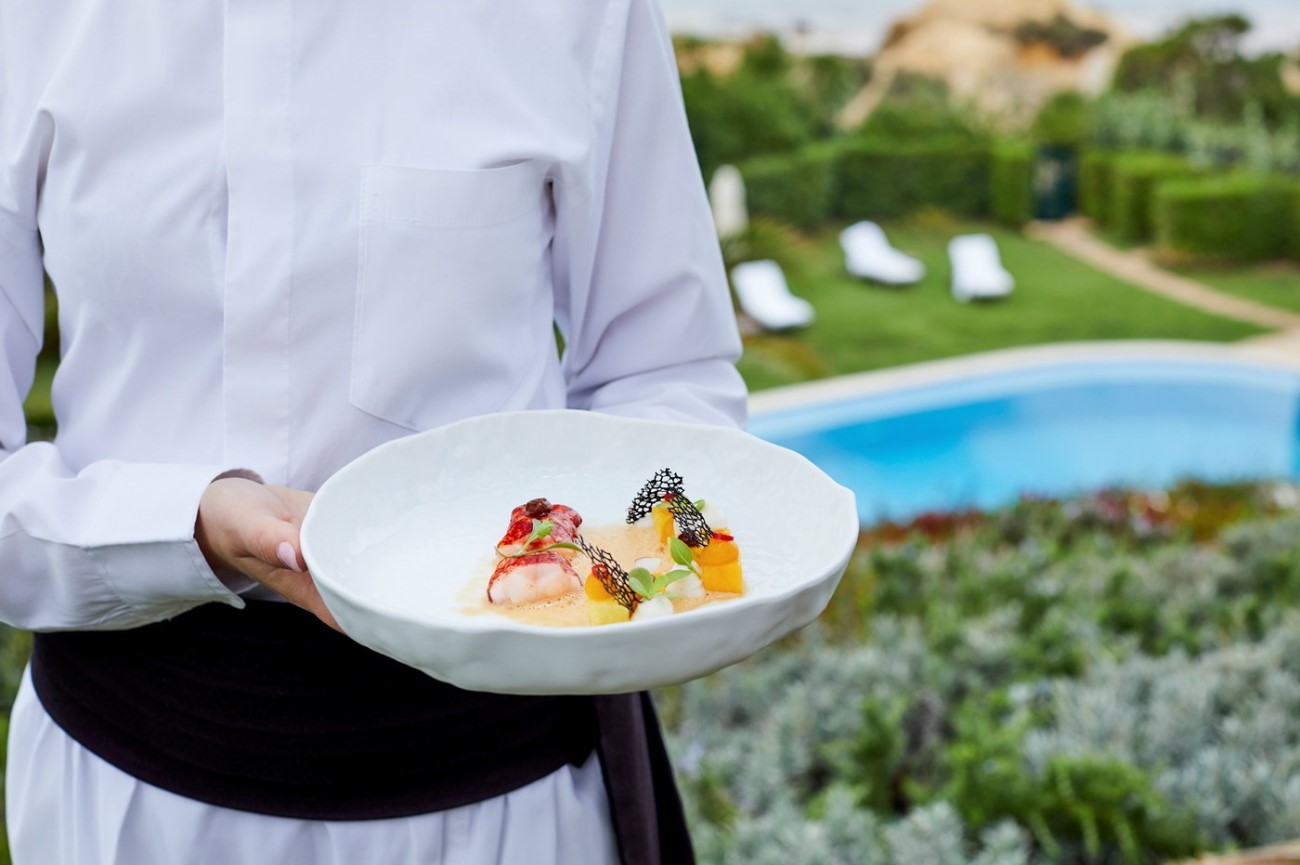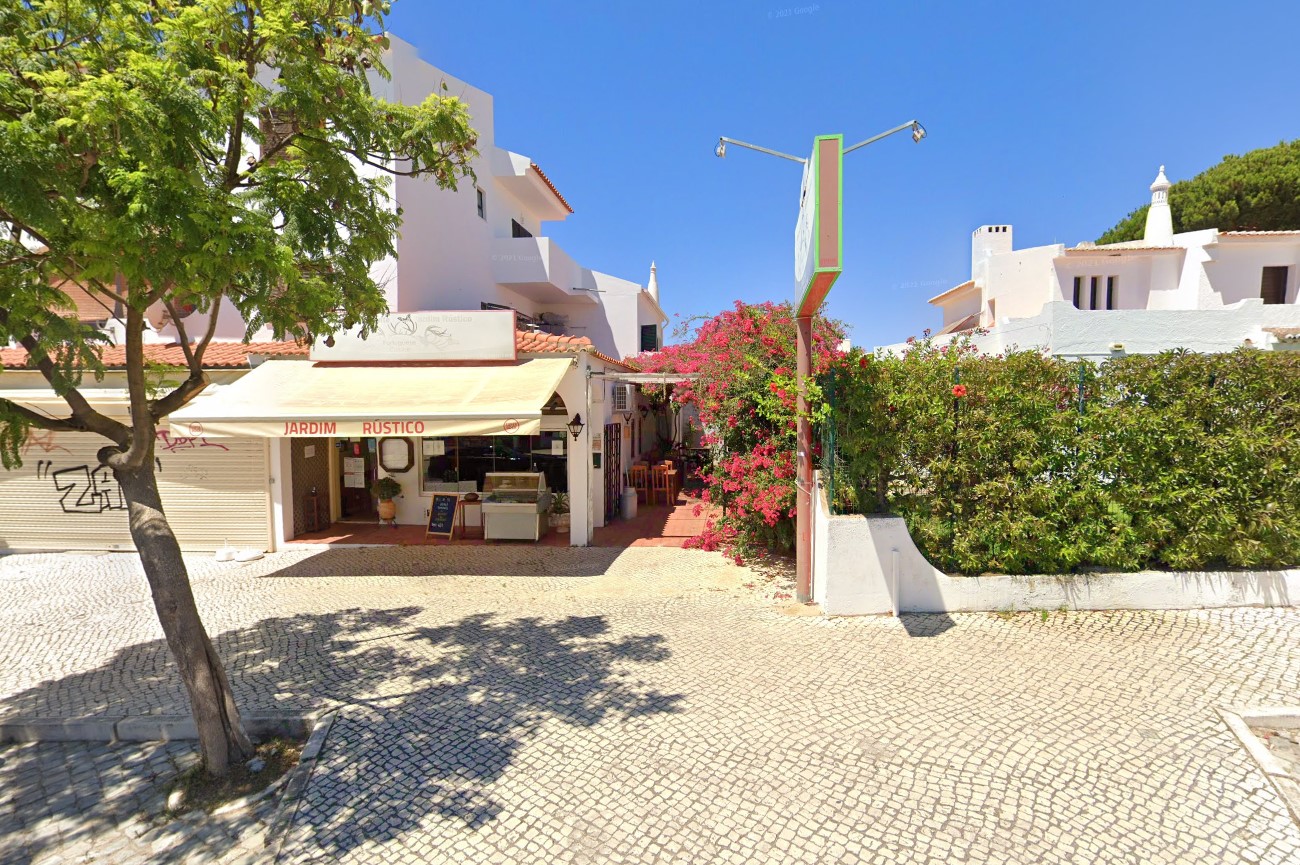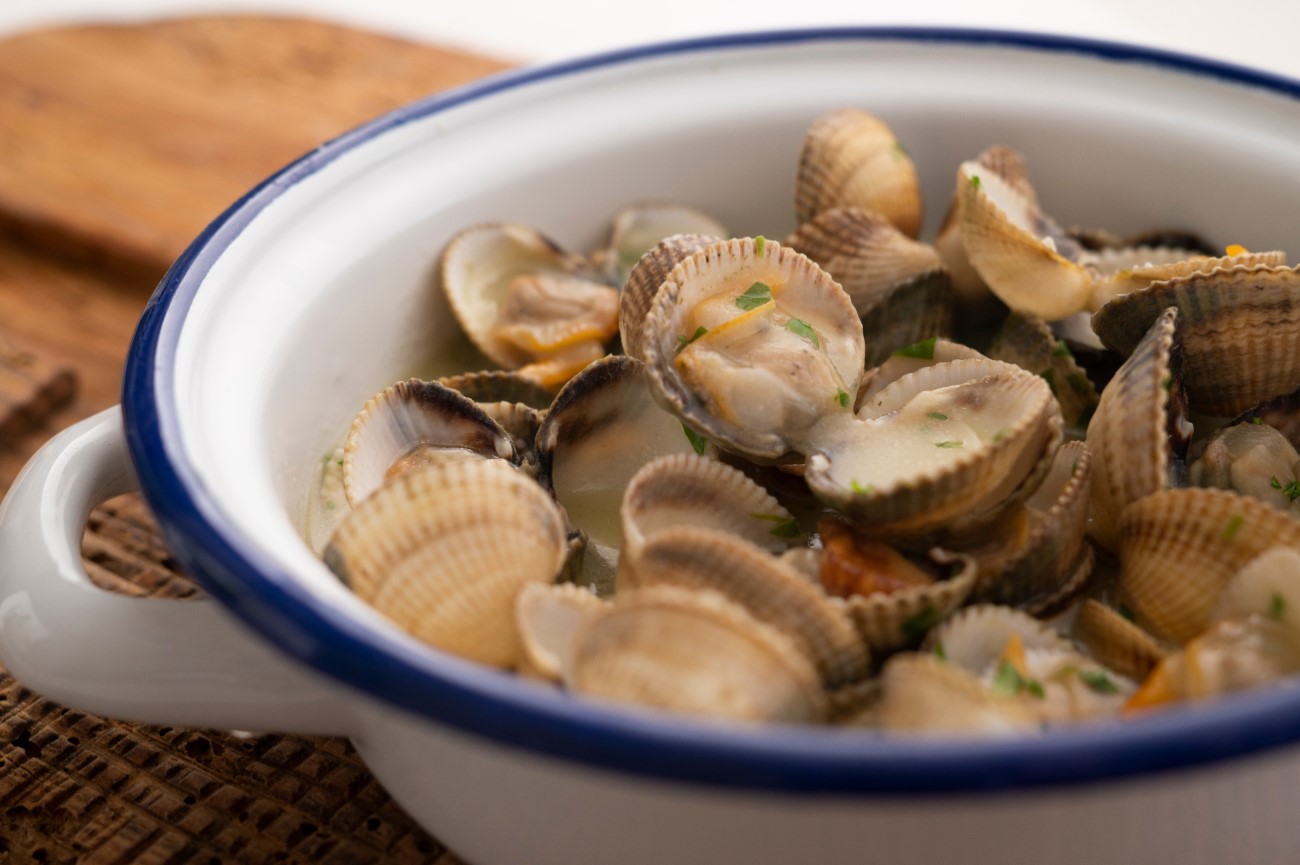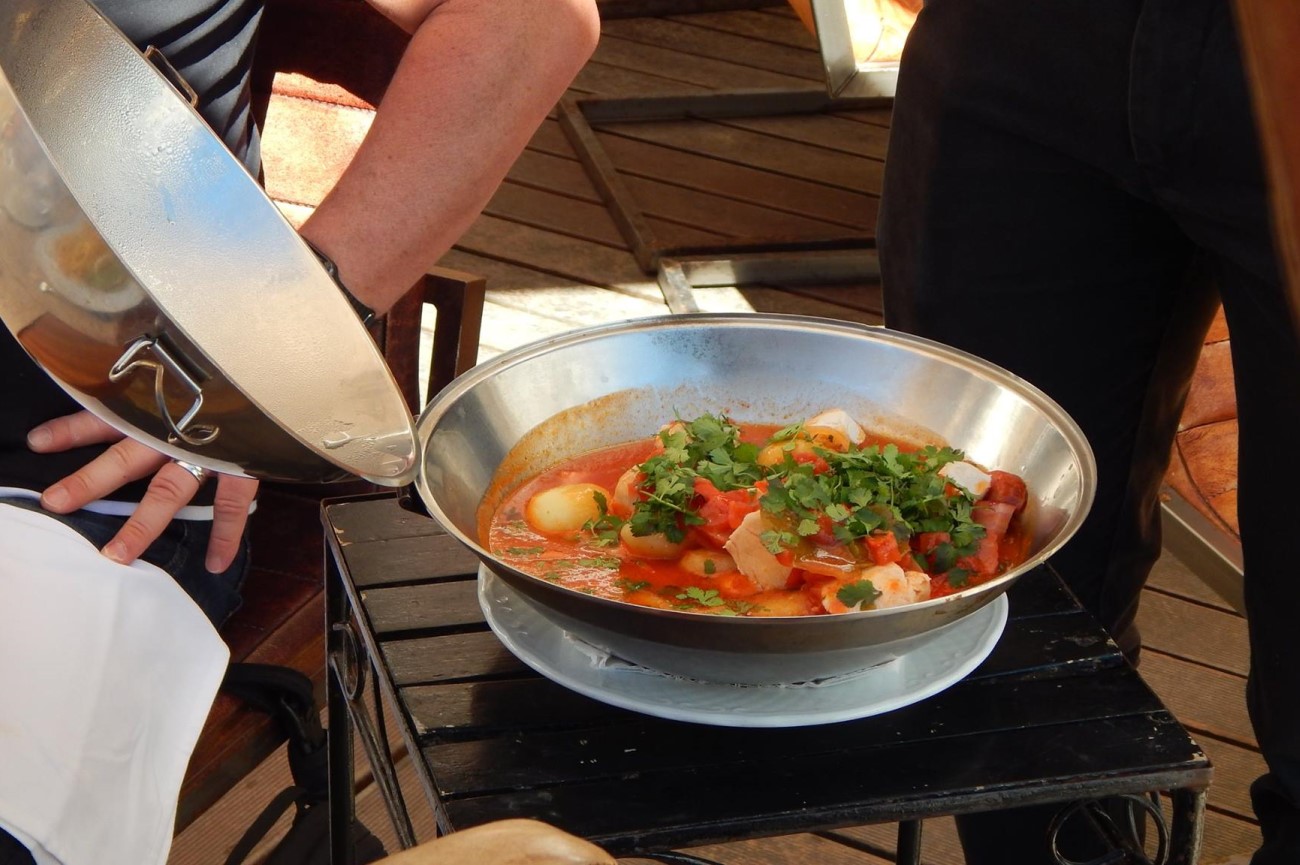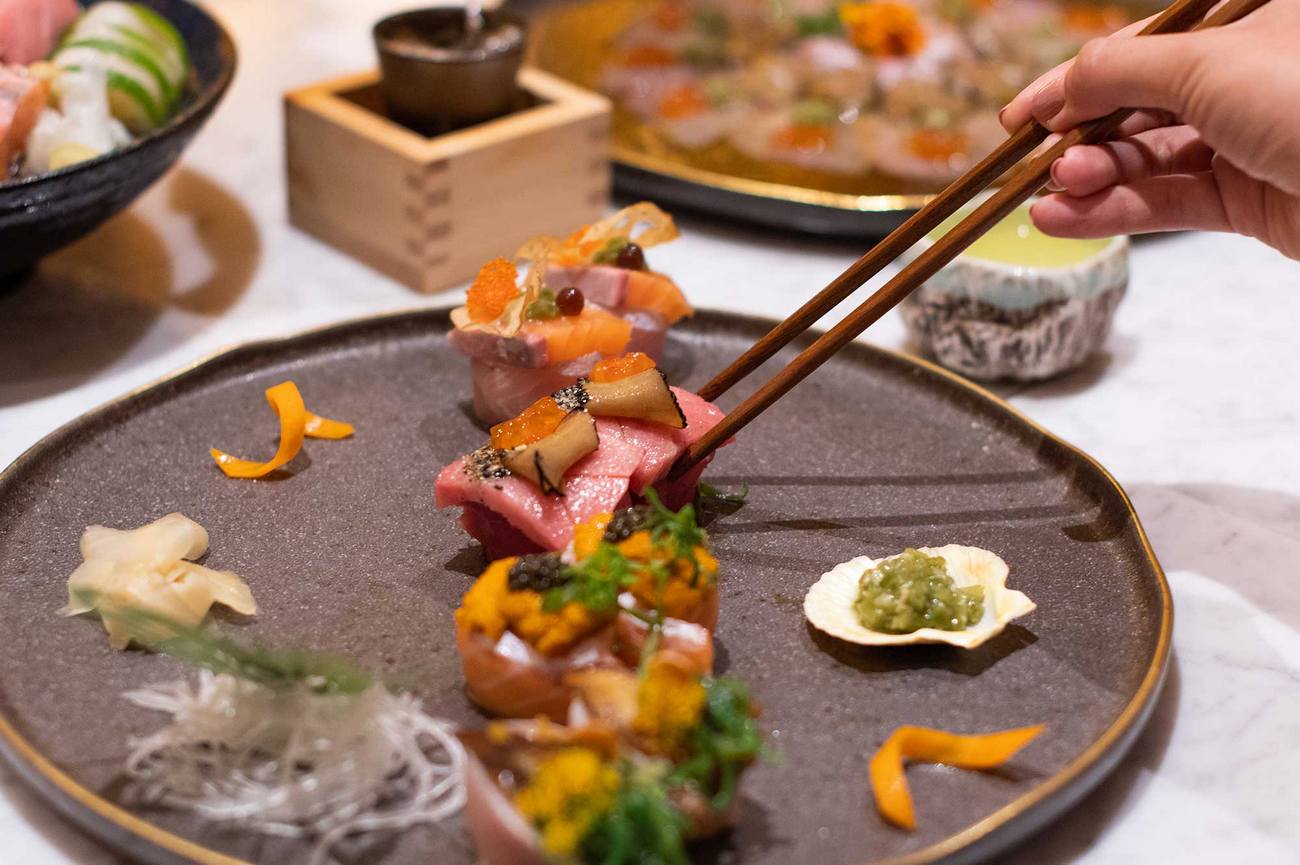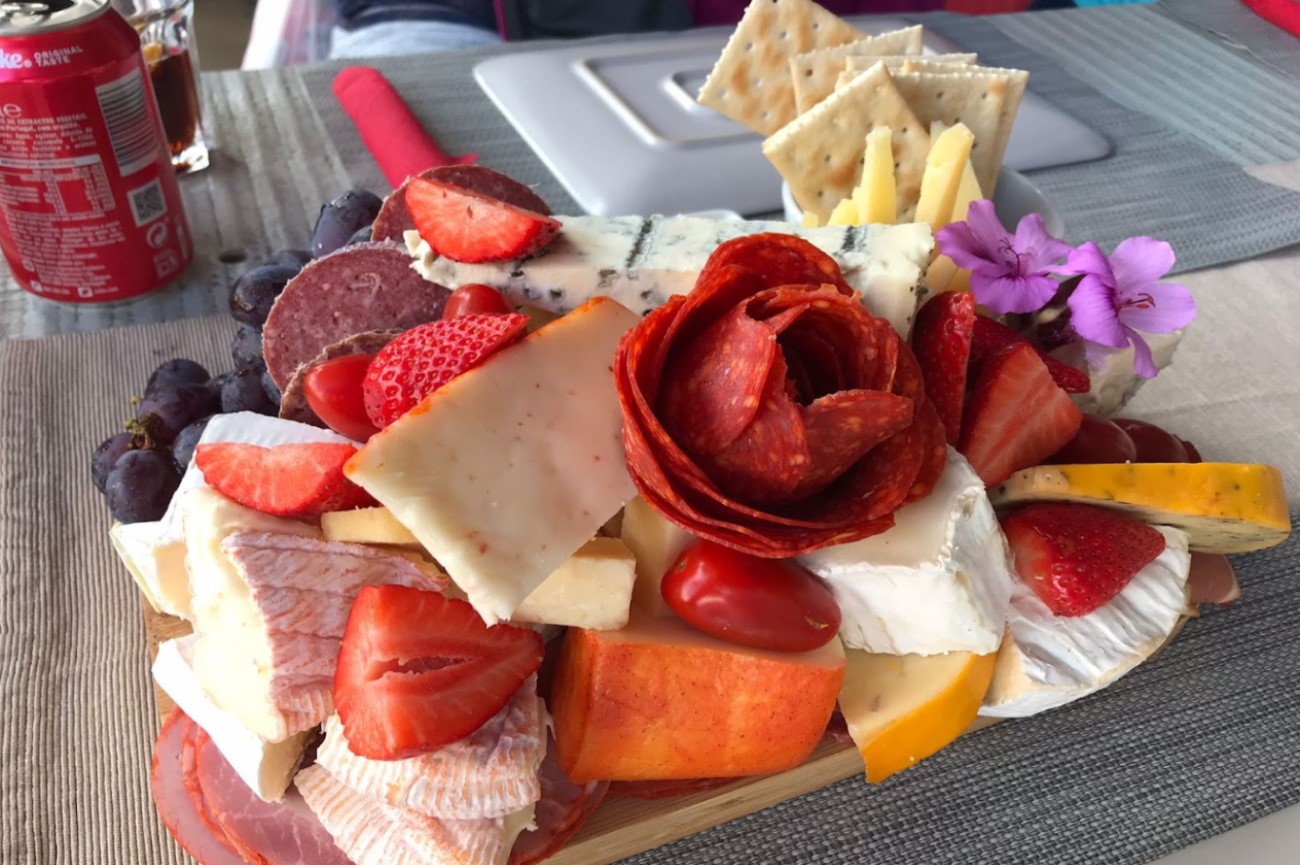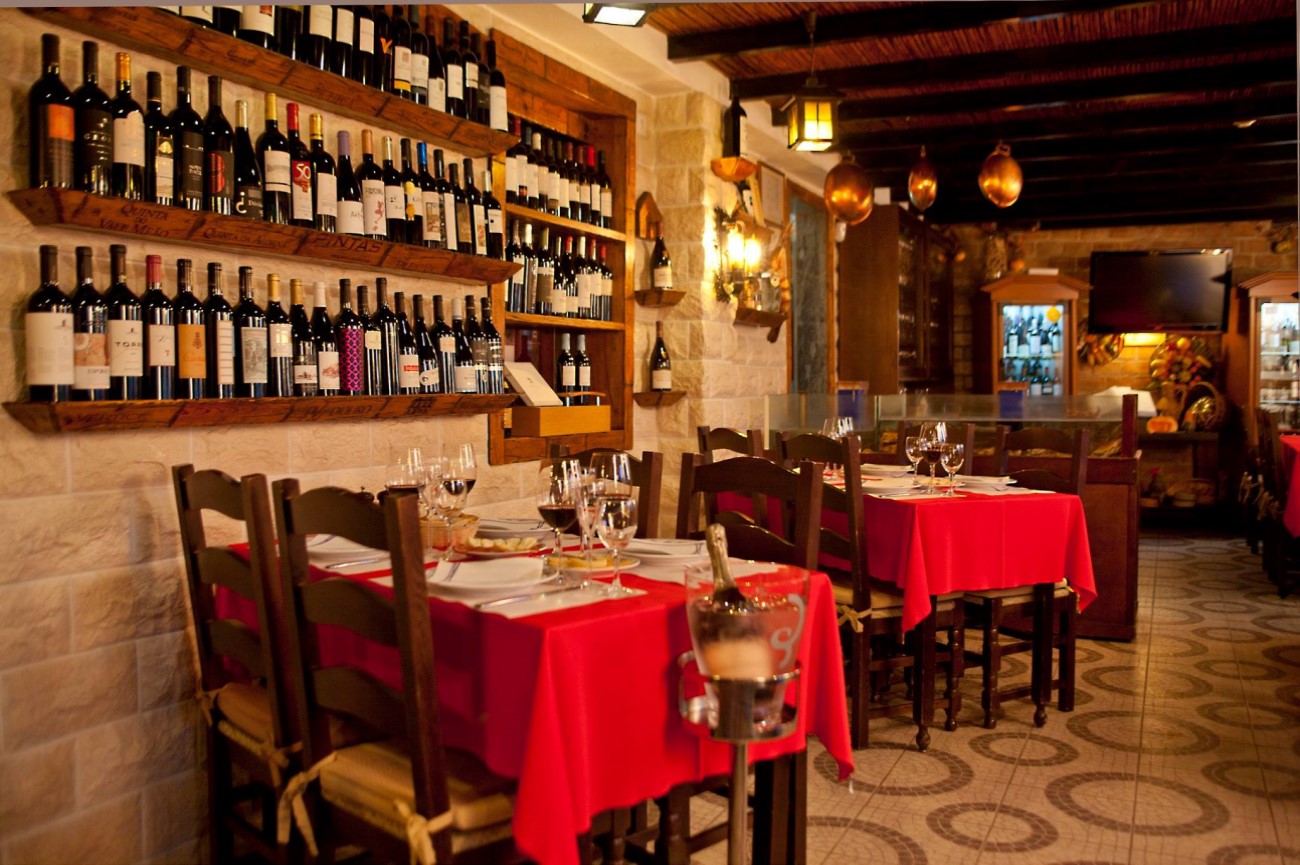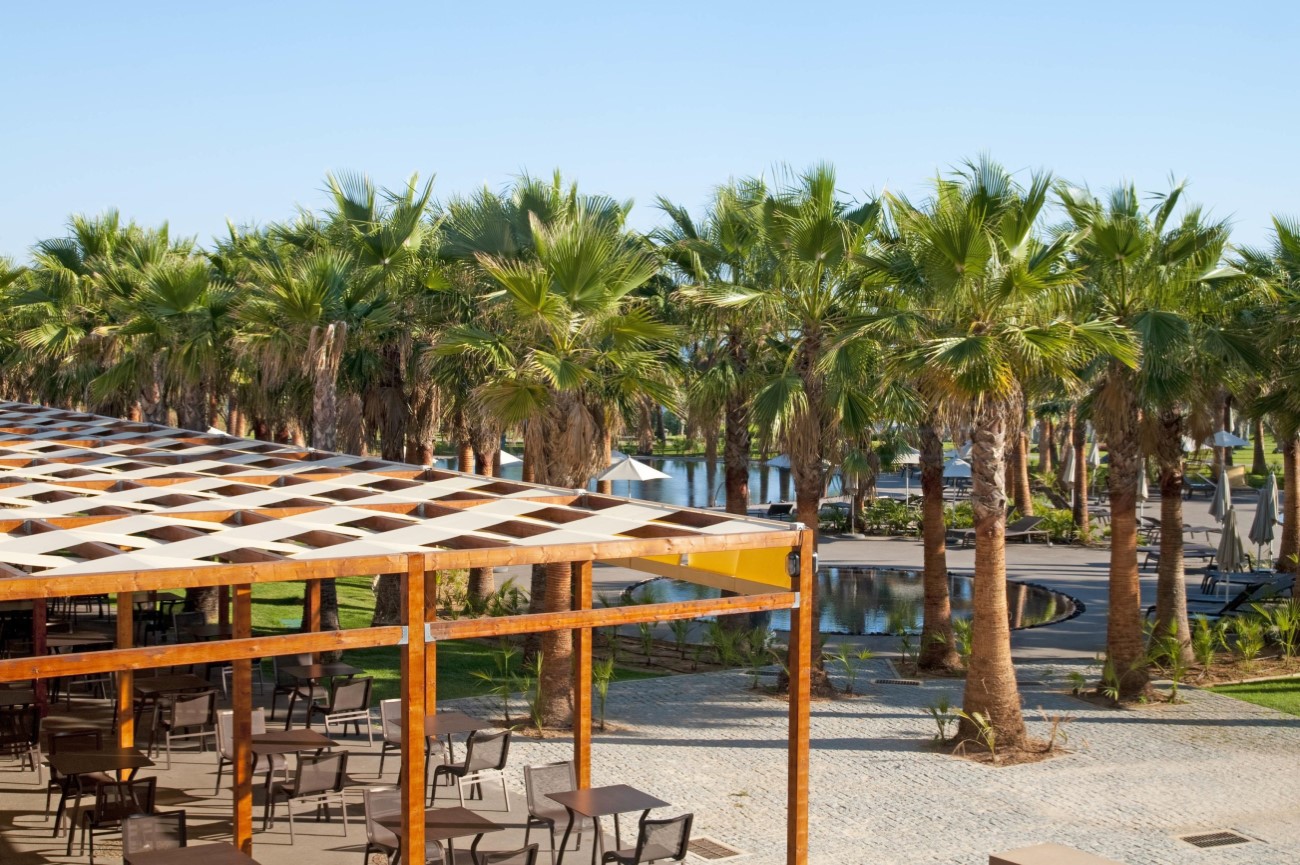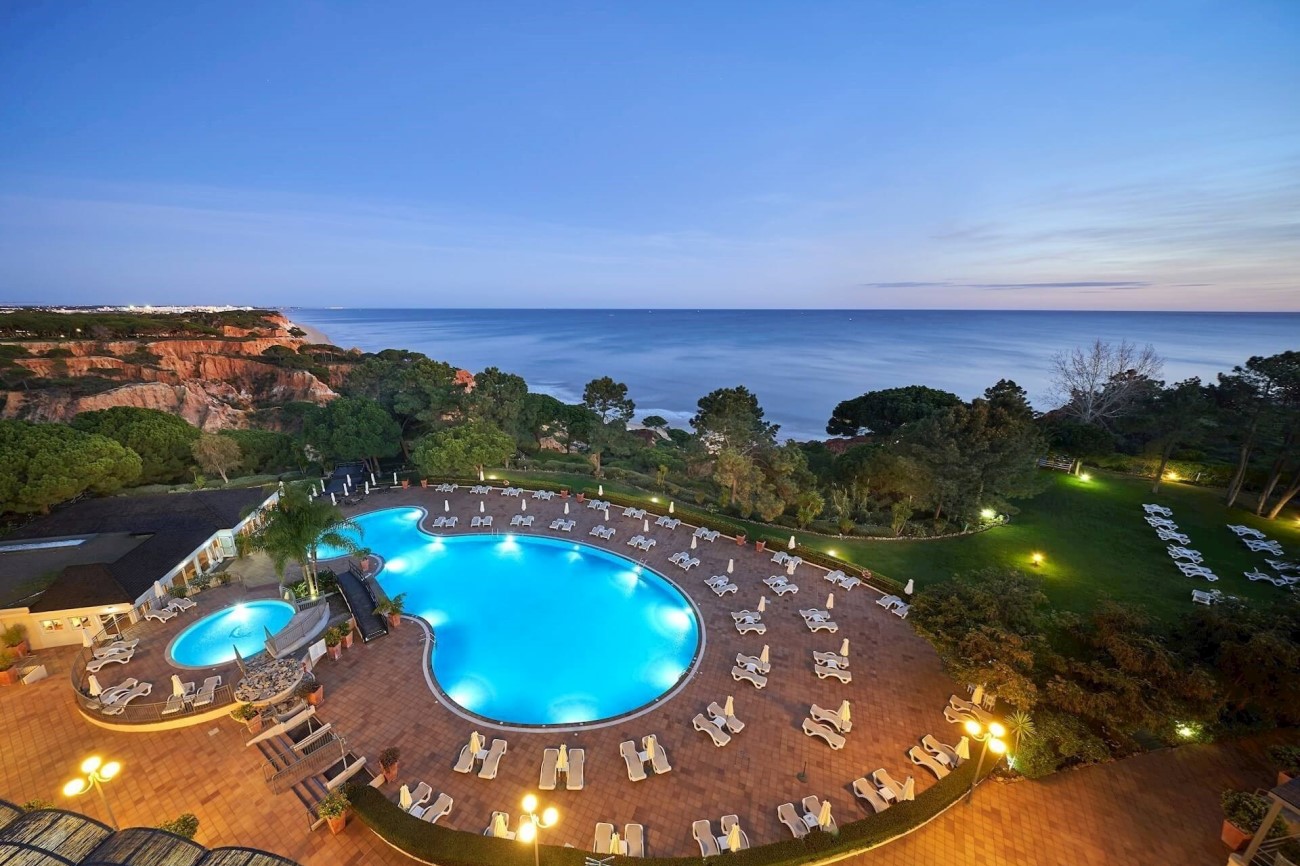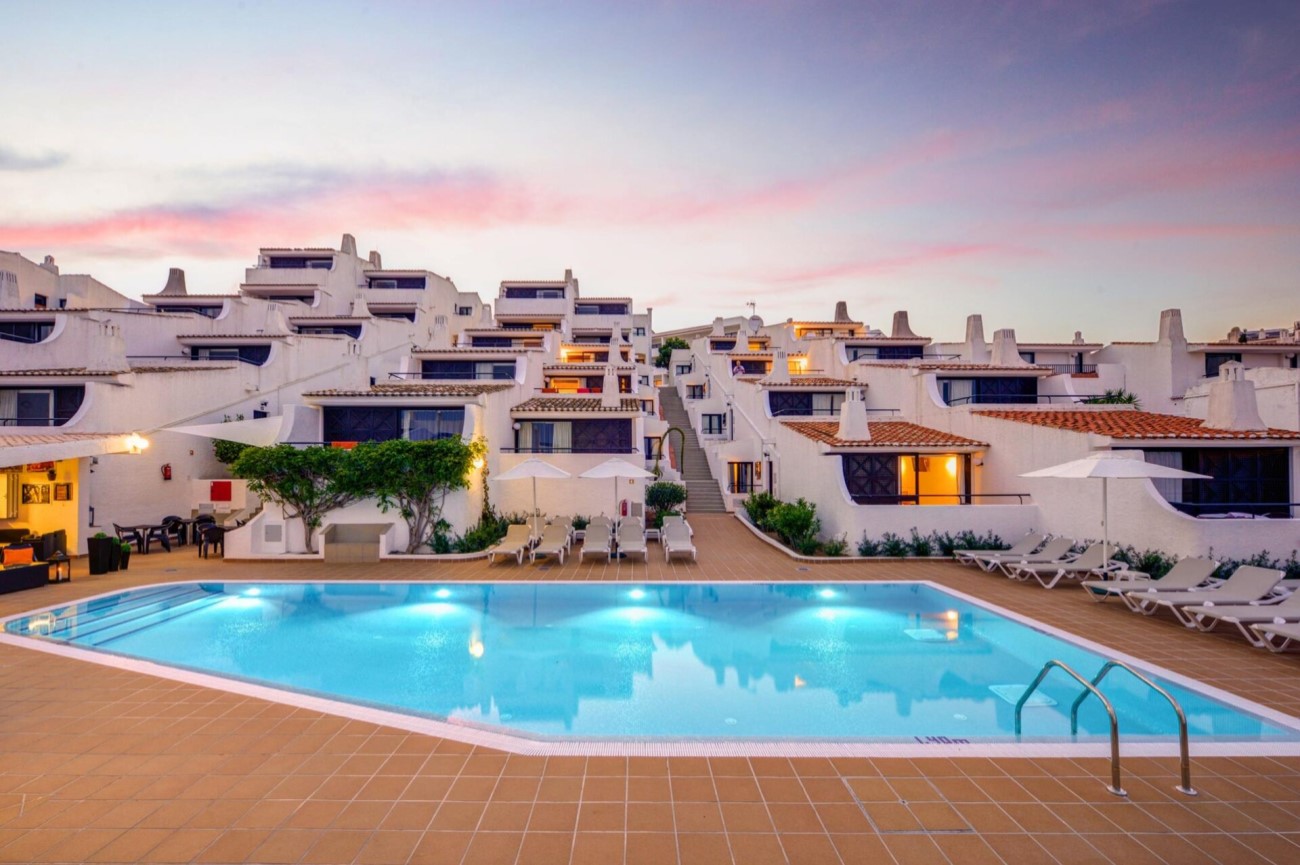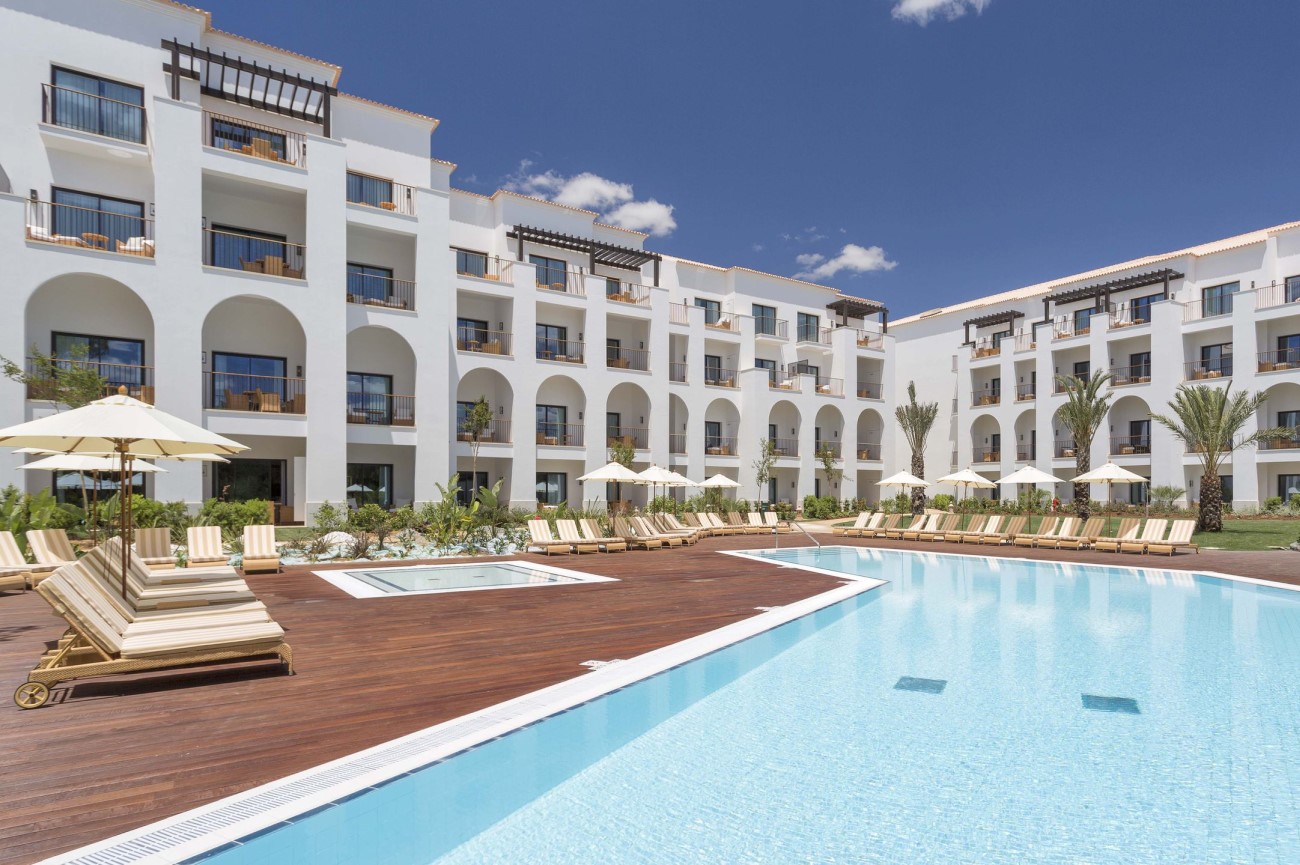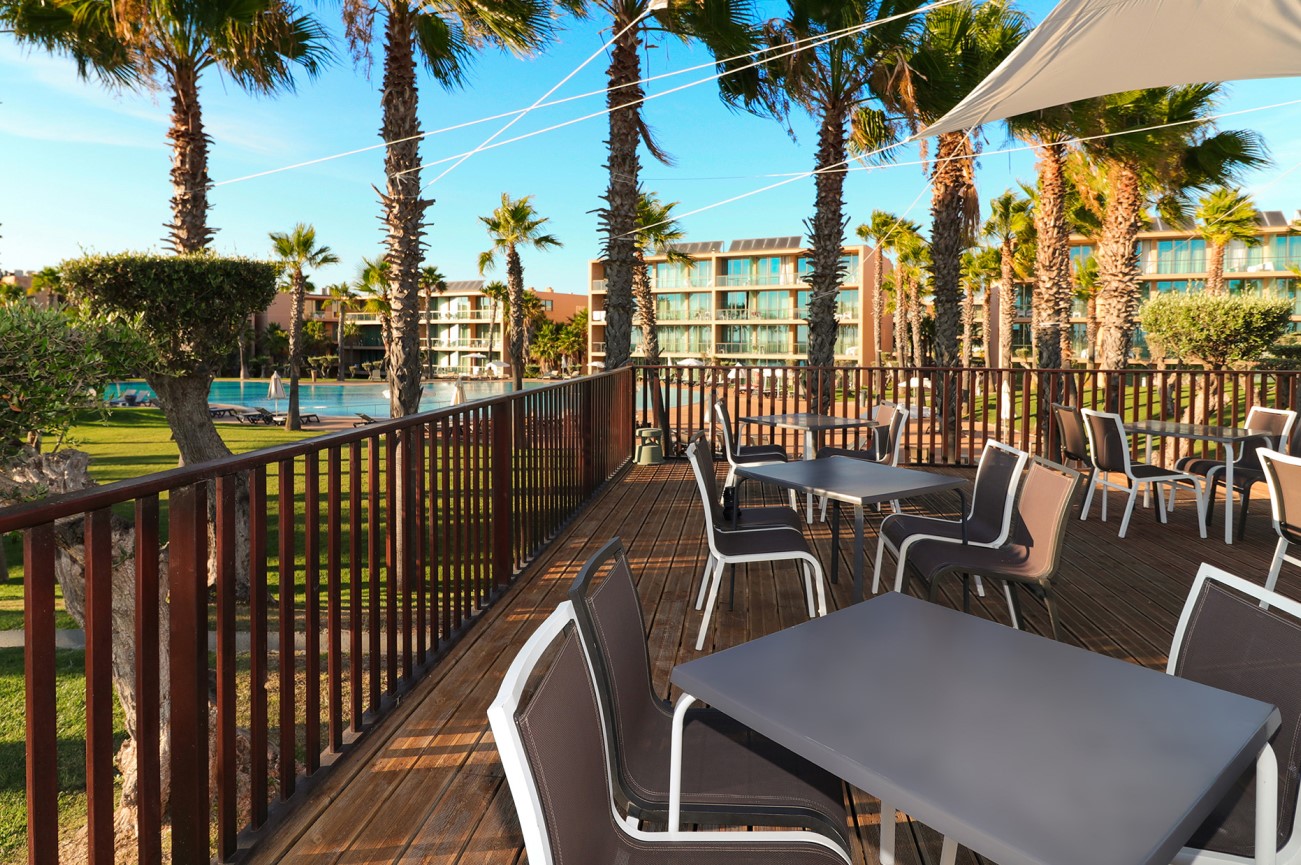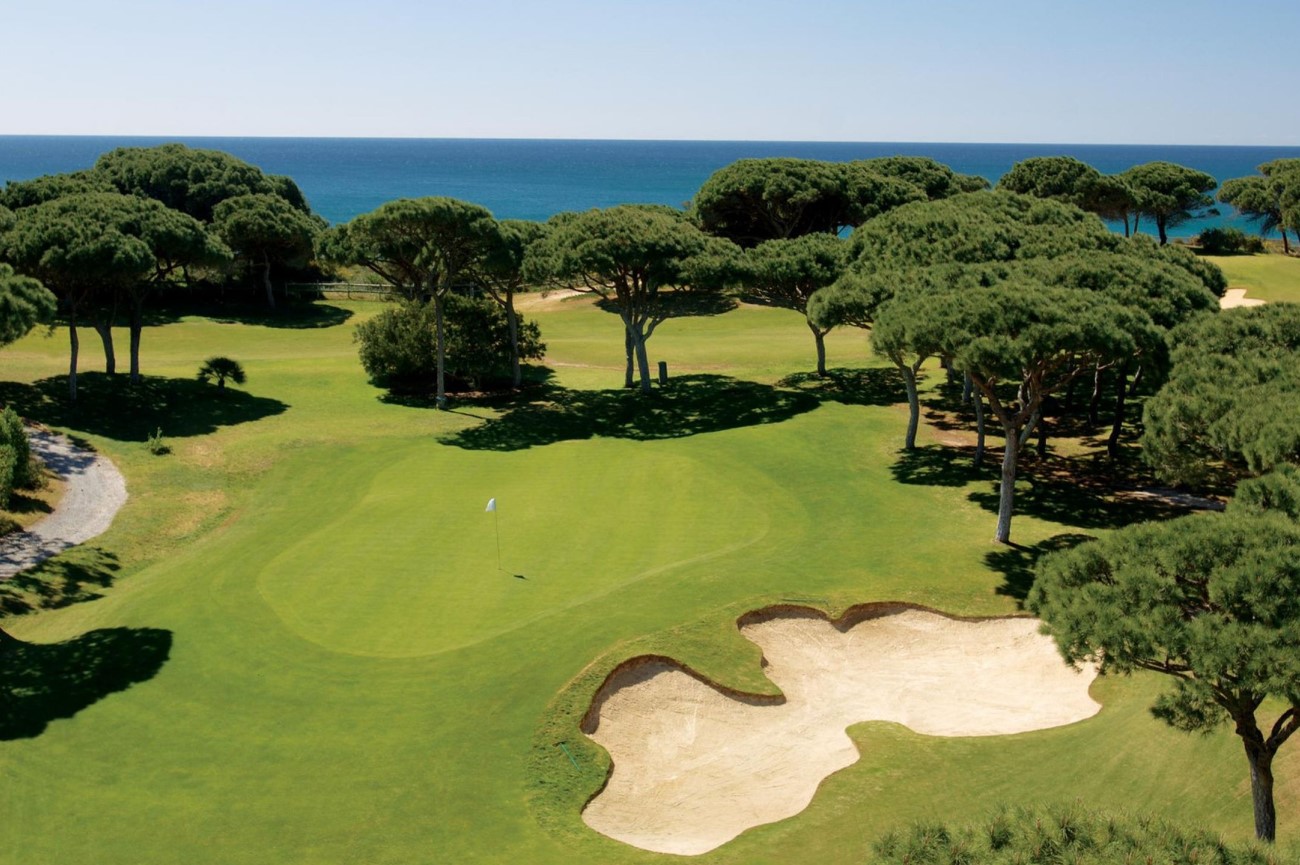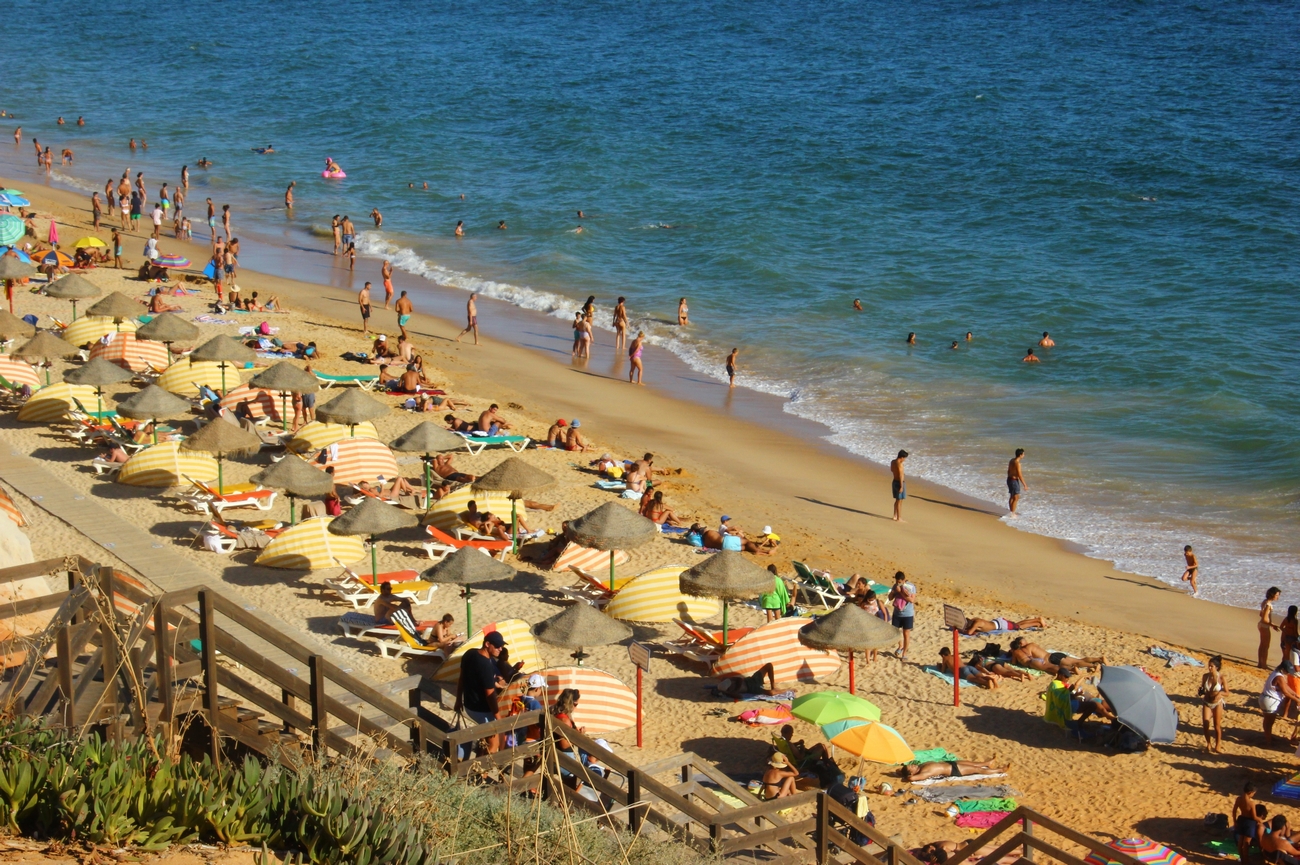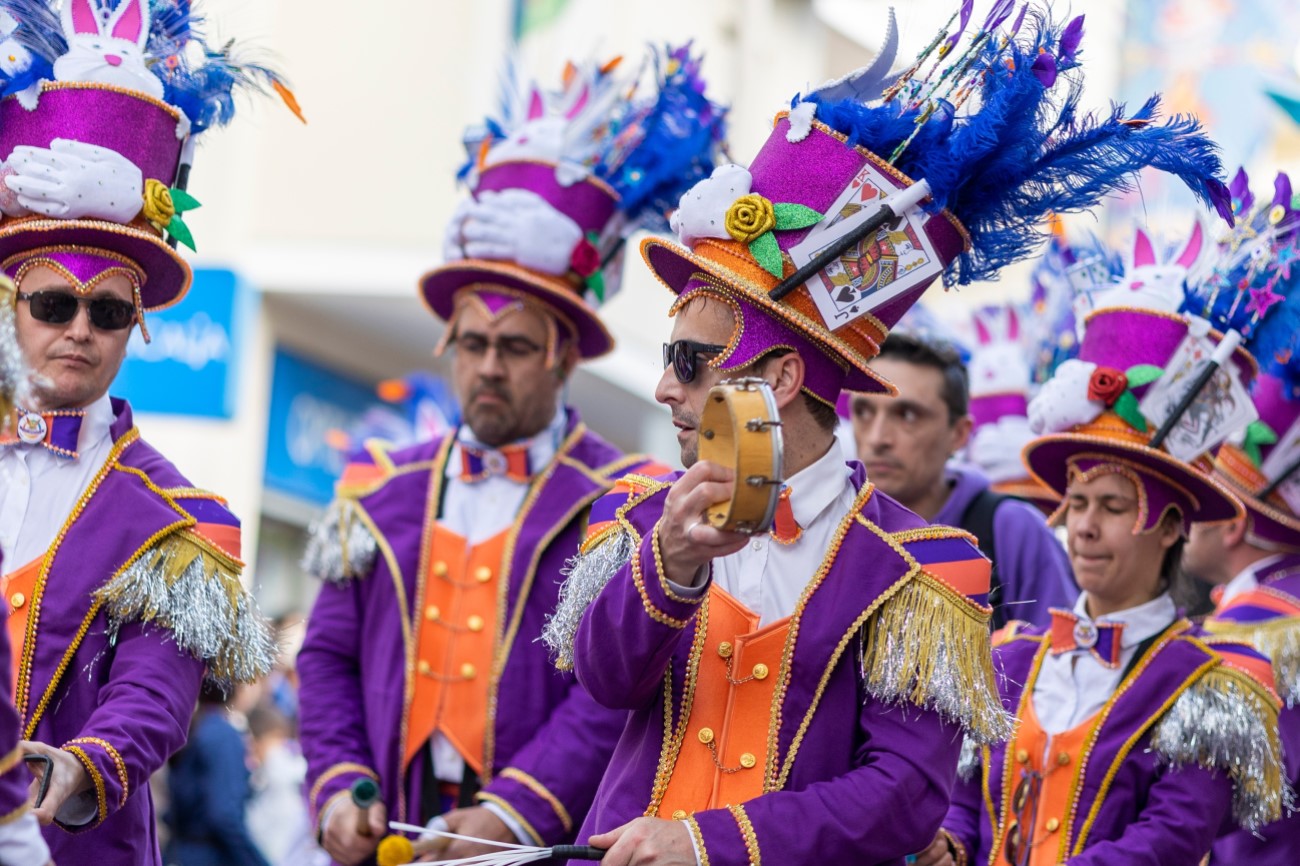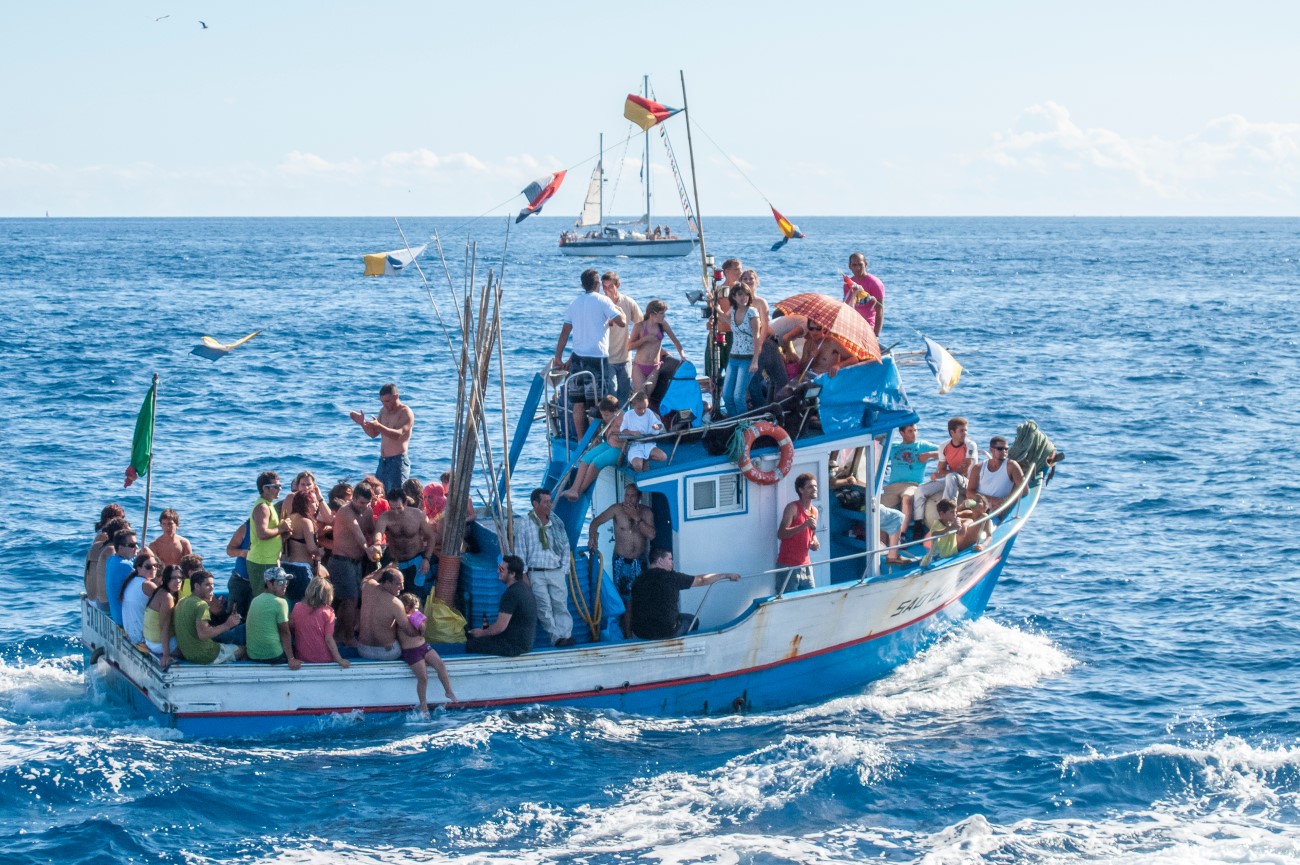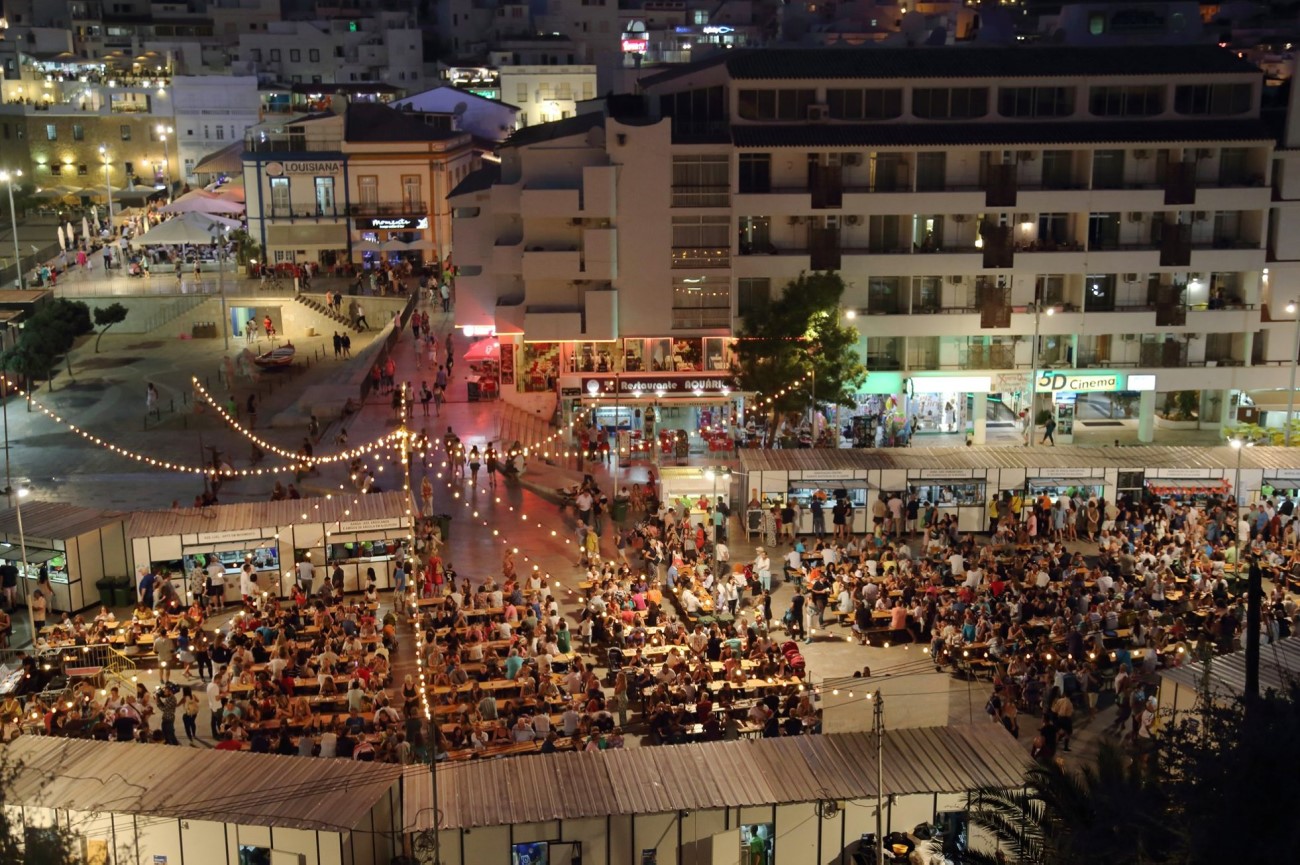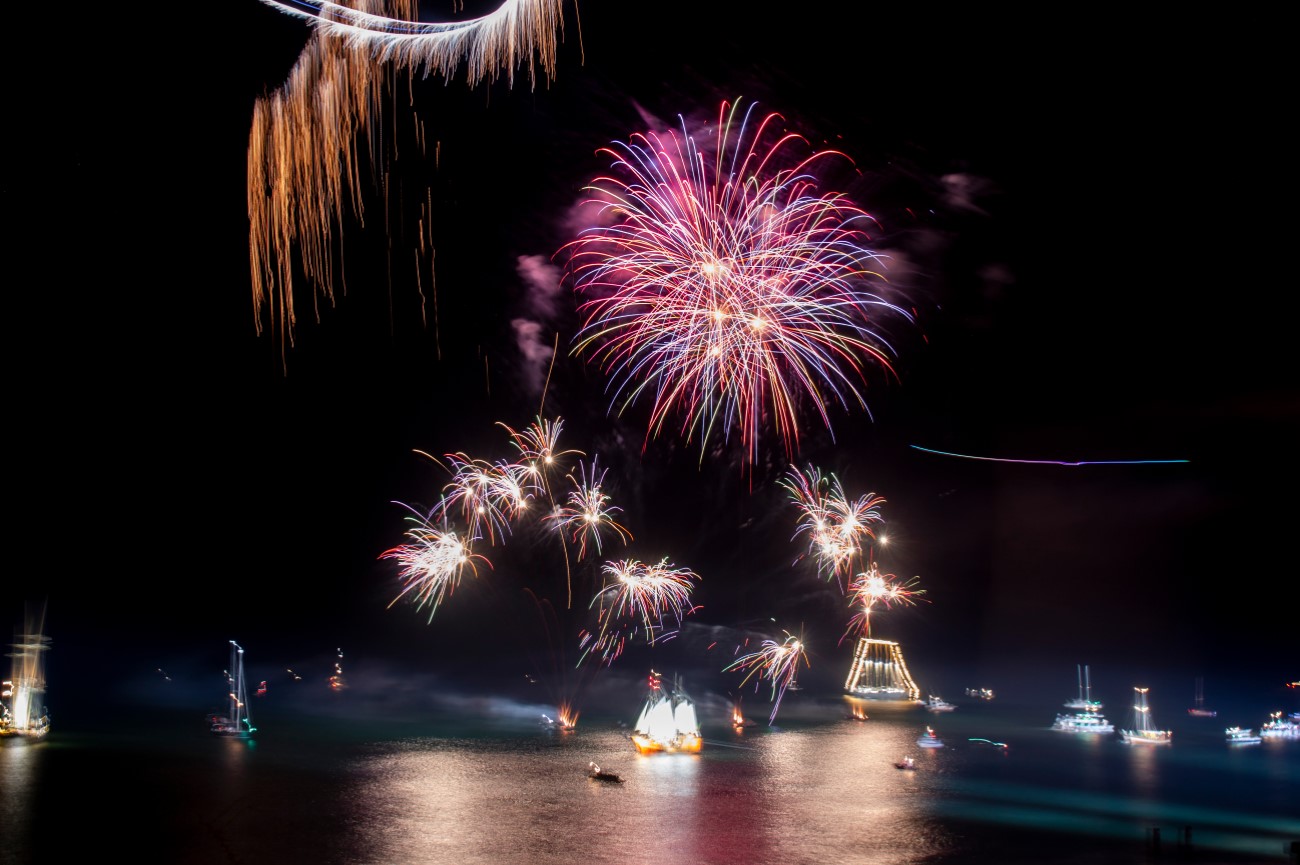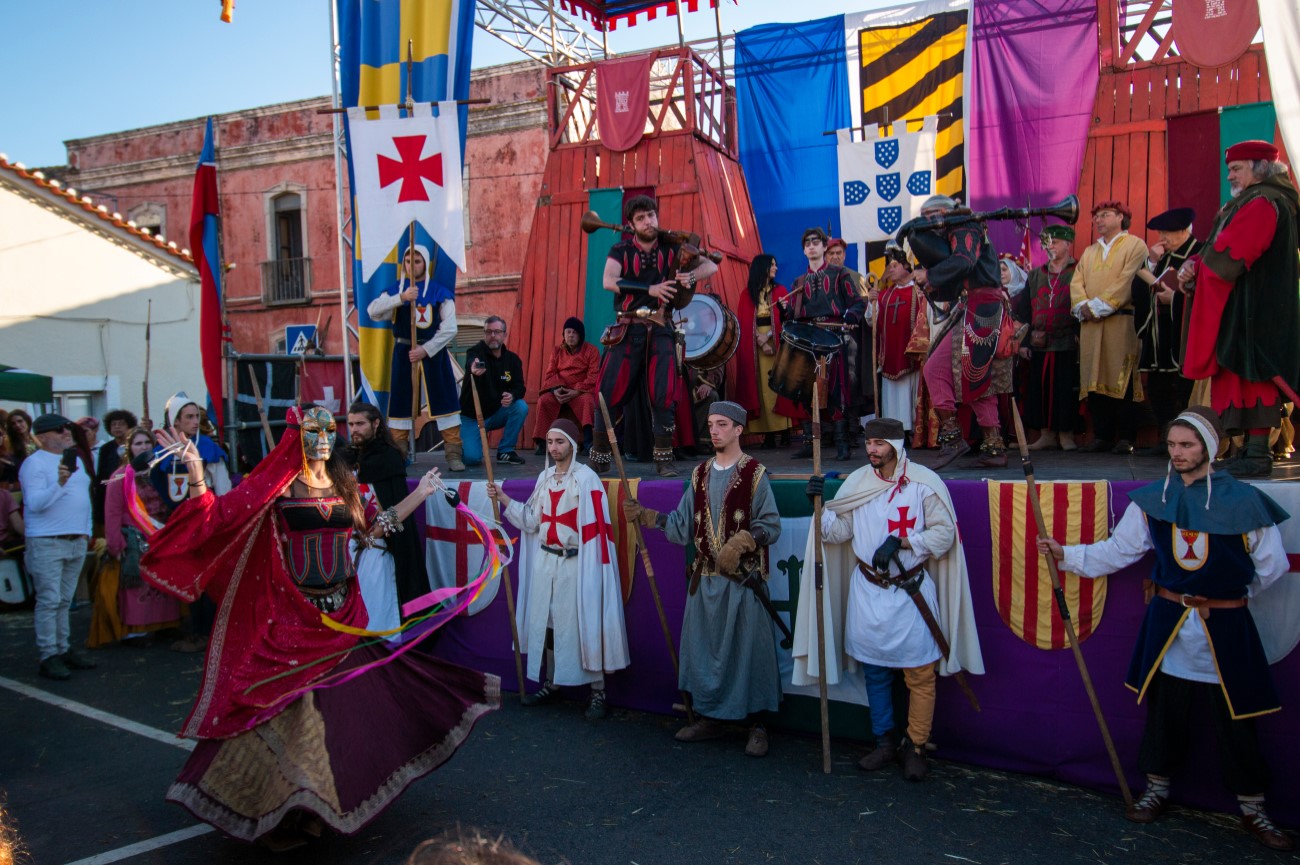Things to do in Albufeira, 2-day Itinerary
Albufeira is Algarve’s beach haven. Stretching 30km along the coastline, the city has more than a handful of beaches. Some are wide open with long stretches of sand, while others are nestled between rocky cliffs waiting to be discovered.
This old fishing village became a popular holiday destination in the 1960s, thanks to its wide range of beaches and warm climate. More than 40,000 people live in the city of Albufeira, a number that increases exponentially during the summer months with the annual wave of tourists. Much like other regions in the Algarve, Albufeira was also occupied by the Arabs. Indeed, the name comes from the Arab word “Al-buhera”, meaning castle of the sea.
Our itinerary below will show you the best things to do in Albufeira, including top beaches, restaurants and hotels, to help you make the most of your trip.
Day 1

Morning: Albufeira Old Town
Begin your day exploring the Old Town, passing through narrow cobbled streets dotted with shops, bars and restaurants. Largo Engenheiro Duarte Pacheco is one of the city’s main squares and a great starting point for your tour.
Galeria Pintor Samora Barros
Stop by the Galeria Pintor Samora Barros. This contemporary art gallery is named after the painter Samora Barros who was born in Albufeira. The building itself is impressive, with its bright white walls, large glass windows (also framed in white), and a tiled sign stating “Central Elétrica”, a reminder of the building’s past life as a power station. Keep an eye on the calendar for the temporary exhibits.
Igreja Matriz de Albufeira
After exploring the gallery, walk to Albufeira’s main church. You can easily recognise it by its tall bell tower that still chimes on the hour. This neoclassical church was built in the 18th century, replacing the original church destroyed during the 1755 earthquake. Inside, the decoration is very modest compared to other churches around the Algarve. The main altar is adorned with a beautiful painting by Samora Barros that stands behind the statue of Nossa Senhora da Conceição (Our Lady of the Conception), the city’s patron saint.
Igreja de São Sebastião
Continue on to another church, the Igreja de São Sebastião, which houses the Museum of Sacred Art in Albufeira. The museum gathers a series of religious items belonging to several churches in the region that survived the earthquake. The handpainted tiles are also a highlight.
Museu Municipal de Arqueologia
Just around the corner from the church is the Archaeological Museum of Albufeira, showcasing the city’s evolution from prehistoric days to the modern ages. Beyond the permanent exhibition, the museum also has a space for temporary shows and a thematic library.
Afternoon: Albufeira Beaches
Spend the afternoon exploring Albufeira’s beaches. There are over a dozen beaches in Albufeira, each with its own appeal and all with golden sands. The closest beaches to the centre are Praia dos Pescadores (known as the Fisherman's Beach) and Praia do Túnel, which can be easily accessed by an escalator that leads to the waterfront.
If you’re looking to escape the crowds, however, you can drive a bit further away and visit Albufeira’s more secluded beaches. Praia de São Rafael, Praia da Falésia or Praia da Coelha are great alternatives.
At Praia de São Rafael, you’ll find stunning orange cliffs and unique rock formations that have been shaped by the wind and the waves. Two of them even have names: “Ponte Pequena” (Small Bridge) and “Ninho das Andorinhas” (Swallow’s Nest). Many of these rock formations continue under the surface, making this an ideal spot for snorkelling. Alternatively, you can join a stand-up paddle tour and explore the caves and grottoes near the beach.
Miradouro do Pau da Bandeira
From a distance, Albufeira is a sea of whitewashed houses sitting on a hill. There is no better place to capture this than at the Miradouro Pau da Bandeira, a small viewpoint across from Praia dos Pescadores. Catch the sunset here before heading down to the Strip.
The Strip
Get a feel of Albufeira’s nightlife scene at the Strip. Located on Avenida Sá Carneiro, this 2km stretch is the city’s party hub, packed with a series of bars and clubs that are constantly busy during the high season, like Liberto’s and Kiss. In the summer, you can also enjoy many beach parties.
Day 1 - Albufeira Tour Map
Day 2

Morning: Albufeira Marina
About 2km west of the city centre is the marina. You can walk there in about 20 minutes, but depending on where you’re staying, you might be better off getting a car or a taxi. The area stands out with its blocks of pretty pastel-coloured buildings in shades of pink, yellow and blue. These are occupied by a variety of restaurants, shops, bars and a recreational centre. The marina is also the jumping-off point for many boat tours. You can go dolphin-watching or explore the nearby Benagil Cave. This iconic natural wonder sits just off the Benagil beach and is one of the most photographed places in the Algarve. You can get there by boat, SUP or kayak, though only the smaller vessels can get closer to the cave.
Algarve Shopping
Rent a car and drive north towards the Algarve Shopping, an outdoor shopping centre in Guia with more than a hundred shops, a food court and a cinema. Unlike most shiny shopping centres, Algarve Shopping evokes the region’s architecture with its blue and white façades and also through its logo, representing a stork, a bird that you can frequently spot throughout the Algarve.
The town of Guia is famous for its chicken, locally known as “Frango da Guia”, so be sure to try some while you’re here. O Teodósio has been serving this local speciality since 1982. You can order the chicken with or without piri piri.
Afternoon: Castle of Paderne
Slowly make your way to Paderne. Park the car and follow the walking trail leading to the town’s castle, which passes through a medieval bridge, an old mill and a fountain. The Castle of Paderne is one of the seven castles represented on the Portuguese national flag. Built in the 12th century, when the Algarve was occupied by the Moors, it was conquered by the Portuguese in 1248. Today, only a few things remain from this ancient fortification: its surrounding ochre walls and a ruined church dating back to the 16th century. Before setting off, it's worth checking that the castle is open, as it has recently been closed for renovations.
Côrte-Real Art Gallery
A short drive from the castle is the Côrte-Real Art Gallery, one of Albufeira’s hidden gems. Set in an old farmhouse surrounded by majestic green fields, the gallery presents a collection of contemporary artwork from both national and international artists. They also sell hand-painted ceramics and locally sourced olive oil. Note that the gallery is closed from Monday to Wednesdays, so skip this and return to the centre if you happen to be around in one of these days.
Day 2 - Albufeira Tour Map
Day trips from Albufeira
- Lagoa dos Salgados: Around 20 minutes west from Albufeira is this freshwater wetland, also known as the Pera Marsh. You can explore the surroundings by following the wooden walkways or cycle paths. It’s also an ideal spot for birdwatching. Keep an eye out for the Bee-eaters in spring and summer and the rare Richard’s Pipit in winter.
- Carvoeiro and Ferragudo: Stick to the coastline and explore the quaint fishing villages of Carvoeiro and Ferragudo. The area is famous for its beaches and grottoes, which provide the perfect setting for snorkelling and paddle boarding. Seafood is also abundant in the towns restaurants. From Ferragudo, you can take a ferry up the river to Silves.
- Silves: If you want a break from the beach, head inland to Silves, a picturesque town home to a medieval castle and a stunning Gothic cathedral.
- Loulé: Travel 30km east towards Loulé, where you’ll find a Moorish castle and a bustling local market with Neo-Arab features. Inside you can buy a variety of fresh produce and traditional handicrafts.
Top things to do with kids in Albufeira
Albufeira provides several family entertainment options, including two big theme parks, Parque Aventura and Zoomarine. Parque Aventura is an adventure park featuring rope bridges and zip lines, while Zoomarine is a water park with dolphin stunt shows, swimming pools and an aquarium situated about 10km west. You can also see dolphins in the wild by hopping on a boat tour from the Albufeira Marina.
Surprisingly,
there are no water parks in Albufeira. There are three located within
30km, but our favourite is Aquashow, 15-20km east. Luckily, there are
plenty of beaches nearby where you can for a swim.
The city is also home to the Algarve Shopping, a large shopping centre in Guia with over 100 shops, a food court and a cinema — a great alternative for a rainy day.
Where to eat in Albufeira
Like most towns on the Algarve coast, Albufeira is renowned for its seafood. Among the most popular dishes here are grilled sardines and the cataplana (a seafood stew). But there’s also a variety of international options, including Italian, Indian and British cuisine. From affordable tascas to Michelin-star restaurants, here are some of the best places to eat in Albufeira:
- Vila Joya: You’ll find this two-Michelin-star restaurant inside the Vila Joya resort. Austrian chef Dieter Koschina has curated a menu featuring a mix of Portuguese and international flavours, with a big focus on seafood. The terrace overlooking the sea adds even more to the experience.
- Jardim Rústico: Enjoy a traditional meal at this restaurant a few steps from the city’s municipal garden. Highlights include the cataplana and the seafood platter.
- O Manjar: Located in the old town, this family-run restaurant specialises in meat cuts. Try the rib-eye steak or the grilled lamb chops.
- Cabana Fresca: Set on the edge of Praia dos Pescadores, this restaurant provides an incredible view over the ocean and a menu full of fish and seafood delicacies, as you would expect from its location. Start with the Camarão à Pescador, a plate of fried prawns cooked with onion and garlic and don’t miss the seafood cataplana.
- Al Quimia: Set within the EPIC SANA Algarve Hotel, this stylish restaurant focuses on modern European cuisine. The menu changes with the seasons and always features fresh ingredients.
- Platinum - Wine & Tapas: If you’re looking for a lighter meal, Platinum is the place for you. Order a round of tapas and pair it with a glass of Portuguese wine or sangria.
- Veneza: While in Paderne, it’s worth stopping by Veneza. The walls of this restaurant are stacked with thousands of wine bottles and spirits. If you’re unsure what to order, the staff will gladly give you a recommendation. As for the food, specialities include the pork loin medallions and the carob cake.
Where to stay in Albufeira
Best hotels in Albufeira
- NAU São Rafael (5 stars): With all-inclusive rates, this luxurious hotel is only a few minutes walk from Praia de São Rafael. The elegant rooms and suites feature modern decor, and some have balconies with ocean views. Other facilities include a spa, tennis court, outdoor pool, and multiple restaurants and bars.
- PortoBay Falésia (4 stars): Located in the village of Olhos de Água, this hotel sits on a cliff above Praia da Falésia. Most rooms offer sea views. When you get tired of the beach, you can always retreat to the hotel’s swimming pools or spa. There are also two restaurants and a bar on-site.
- 3HB Golden Beach (3 stars): 3HB stands between the Strip and Praia da Oura, meaning you can enjoy both the beach and the nightlife. It offers a variety of apartments ranging from one bedroom to three bedrooms. Additional amenities include an outdoor swimming pool, a jacuzzi, a fitness centre, and a bar.
Best beach resorts near Albufeira
- Pine Cliffs Hotel: This award-winning resort offers fantastic ocean views and direct access to Praia da Falésia. Guests can choose between rooms, apartments and villas. The multiple restaurants on-site serve a mix of Portuguese and international cuisine. There is also a golf course, a tennis court, a spa, and an indoor and outdoor pool.
- Salgados Dunas Suites: Close to the Lagoa dos Salgados is this 5-star hotel surrounded by palm trees. The spacious rooms offer private balconies, many of which face the sea. There are six outdoor pools, a tennis court, a spa, and several bars and restaurants.
- Grande Real Santa Eulalia Resort & Hotel Spa: Set near Praia Santa Eulália, this resort offers several swimming pools and restaurants. Breakfast is included in the stay. Families can also take advantage of the kids club and the tennis court.
Fancy a vacation rental instead of a hotel? Here is our selection of the best vacation rentals in Albufeira.
Best golf courses near Albufeira
There are three golf courses located near Albufeira: Pine Cliffs in Olhos de Água, Salgados in Guia, and Balaia, which is close to the centre. The first two have great views of the Atlantic. All three courses have 18 holes.
Best time to visit Albufeira
Albufeira receives sunshine pretty much all year round. However, if you want to take advantage of the beach and other water activities, summer is the best time to visit. The weather starts getting warmer around June, with temperatures ranging between 20ºC and 30ºC. It is the peak season, so expect crowded beaches and higher hotel rates. Alternatively, you can visit in spring and fall. The days may be slightly cooler, but you’ll enjoy quiet streets and more affordable accommodation.
Albufeira Festivals
- Carnaval: Around February or March, the city comes alive with the carnival celebrations. Locals dress up in costumes, and colourful parades take over the streets.
- Festa da Nossa Senhora da Orada: Around the 14th of August, Albufeira pays homage to Nossa Senhora da Orada, the fishermen’s patron saint. The event includes celebratory masses and processions, including one with boats.
- Festa do Pescador: Every year, on the first weekend of September, the city celebrates its fishing tradition, occupying the streets with food stalls and live music. Praça dos Pescadores is usually the heart of the party.
- New Year’s Eve: Albufeira hosts one of the biggest New Year's Eve shows in Portugal. The festivities include fireworks and live music.
- Paderne Medieval: Every year, the village of Paderne hosts a lively medieval fair. The event usually occurs from the 30th of December to the 2nd of January and always attracts a large crowd of locals and tourists who come to celebrate New Year in Paderne. During the fair, the streets are occupied with food stalls and street performers that recreate the medieval era. The highlight is the historical parade on the 1st of January, which celebrates the delivery of the Letter of Donation of the Paderne Castle. The parade is the only part of the fair with paid entrance.


